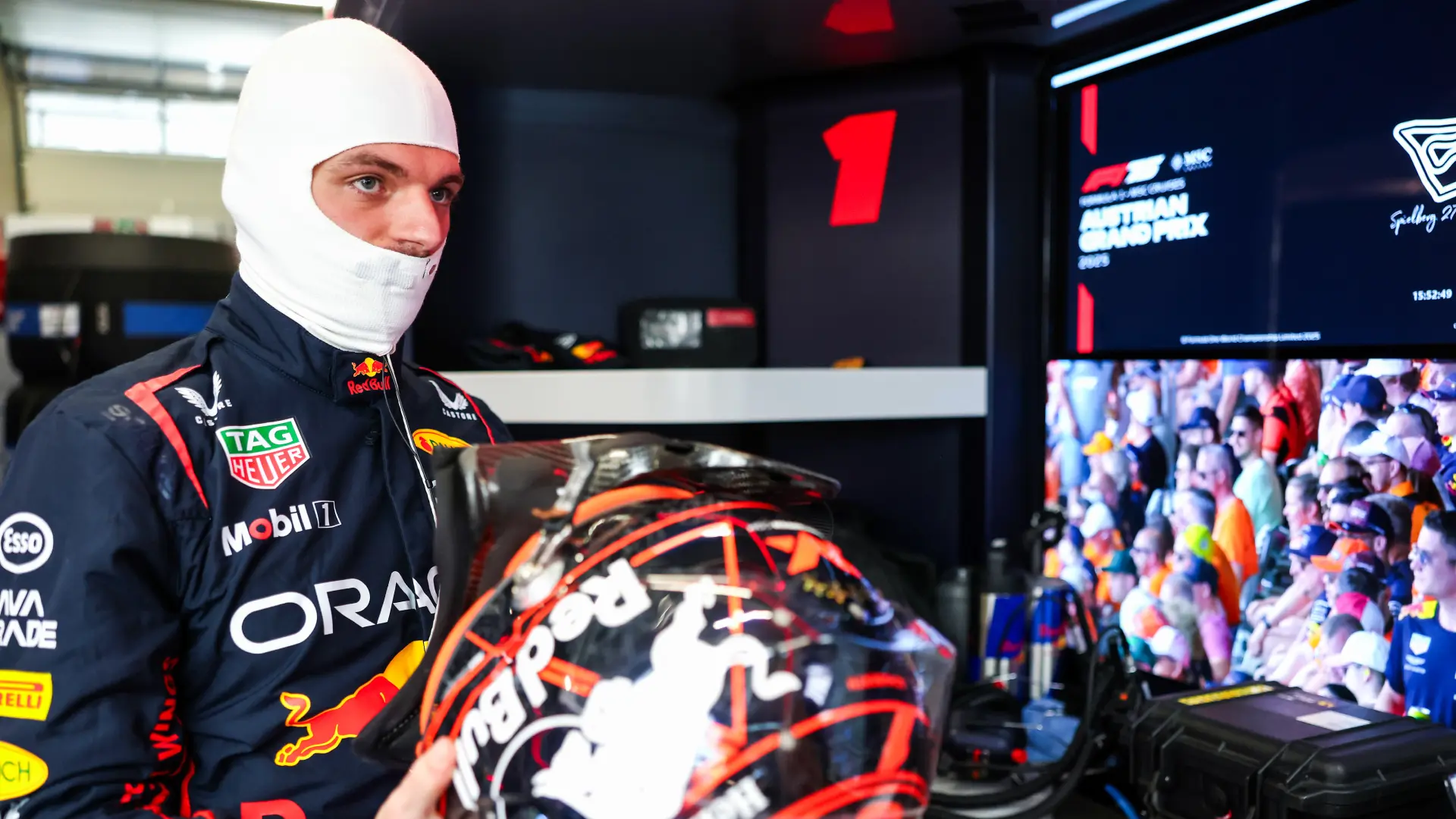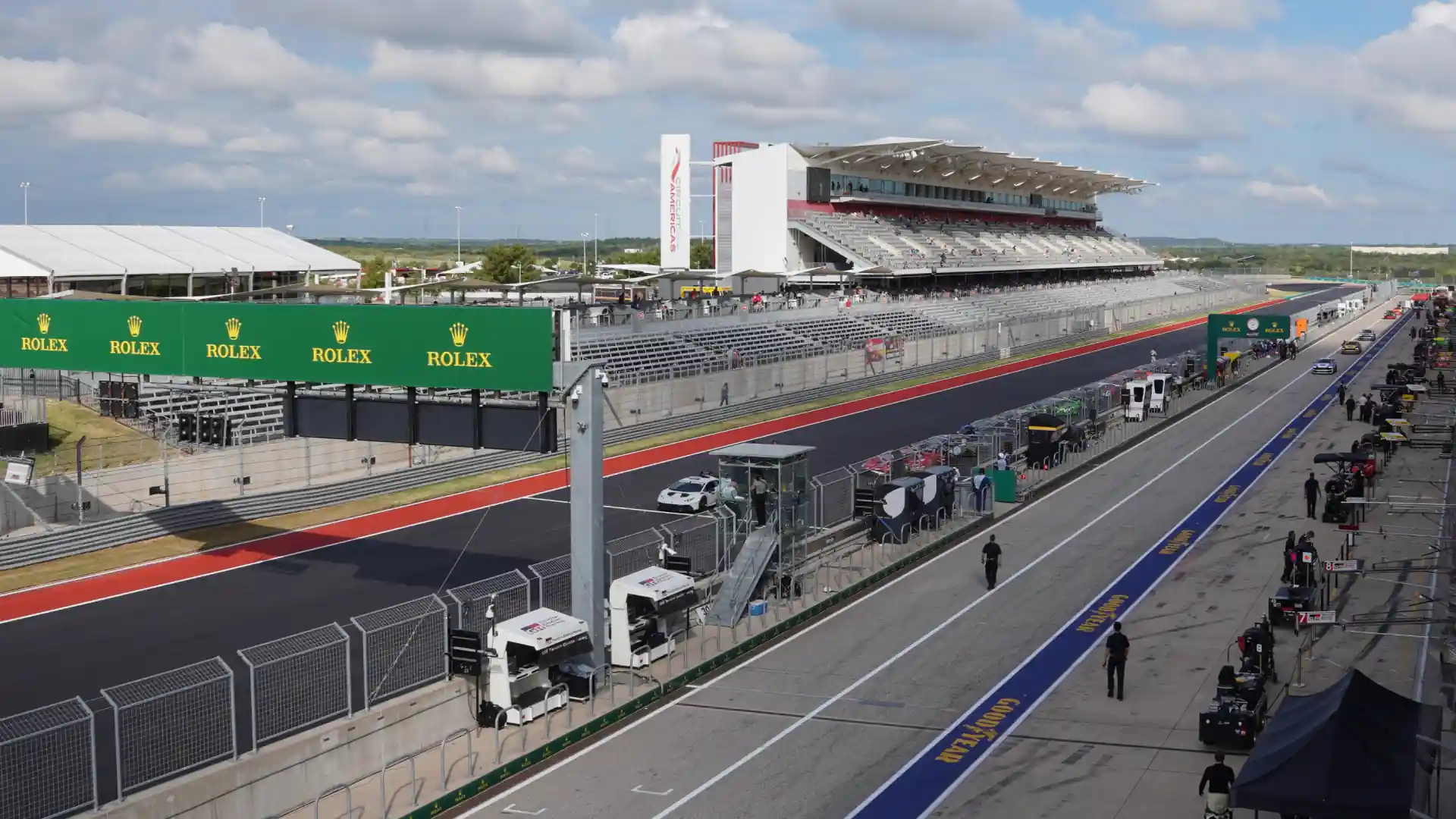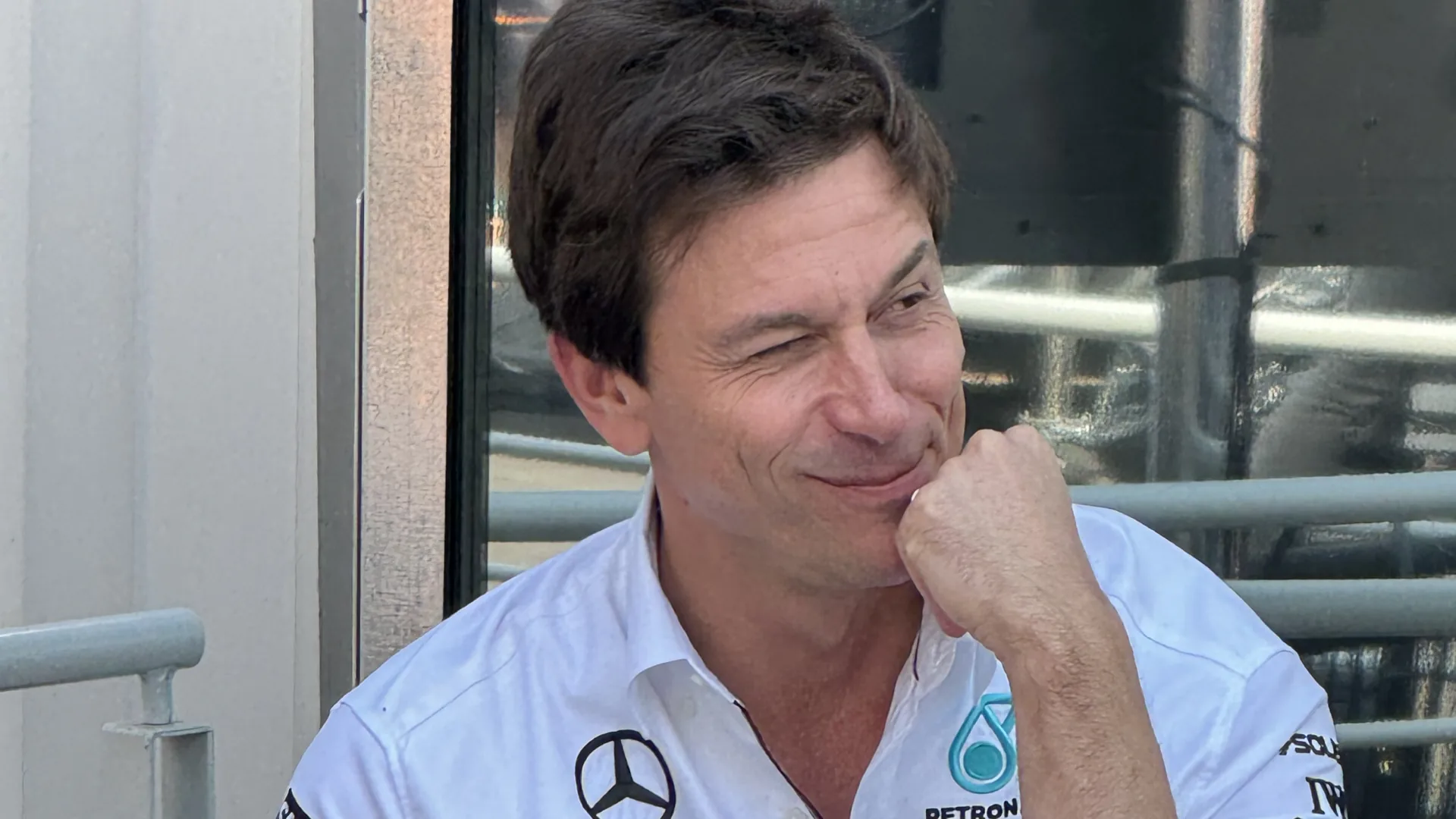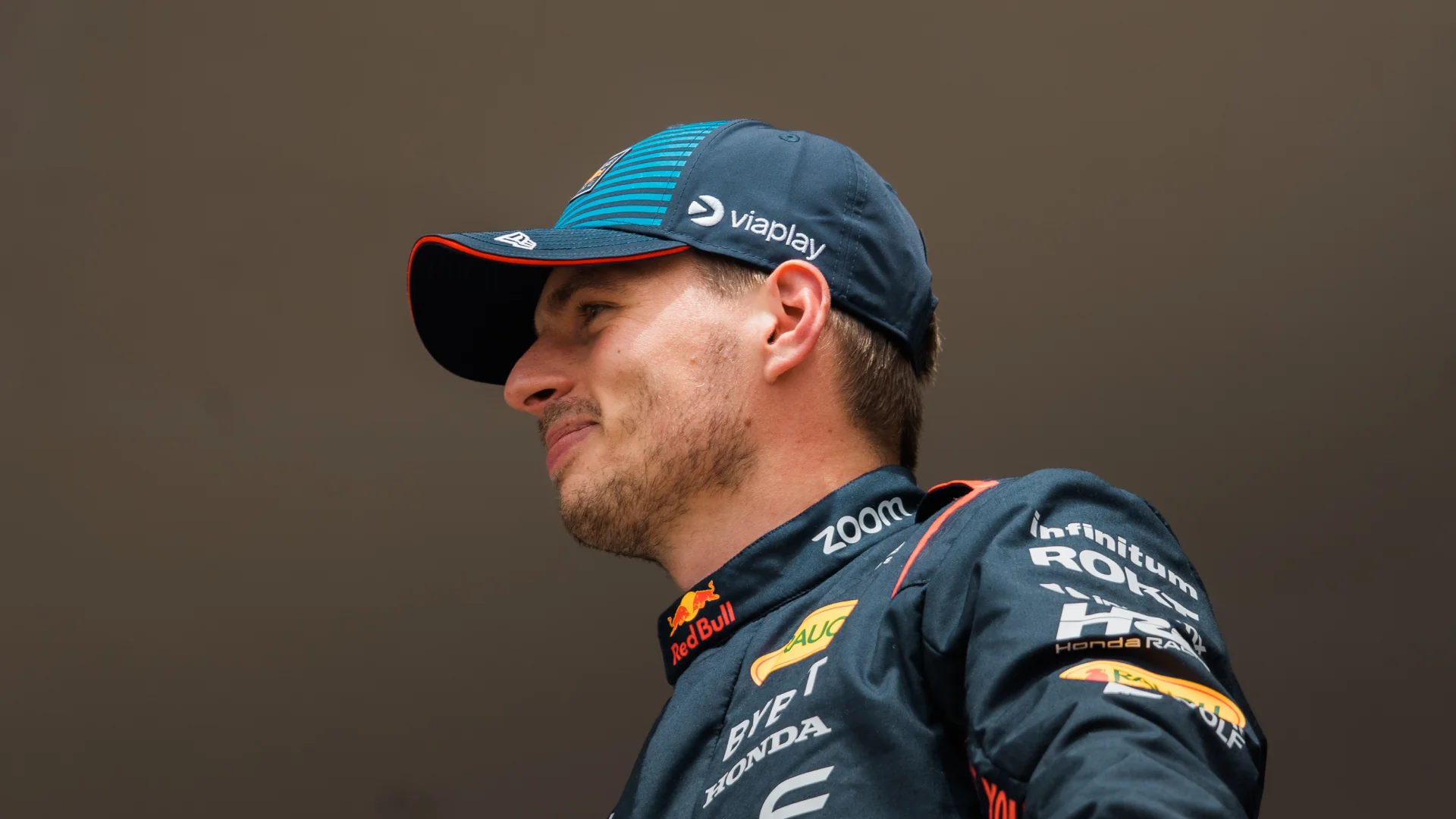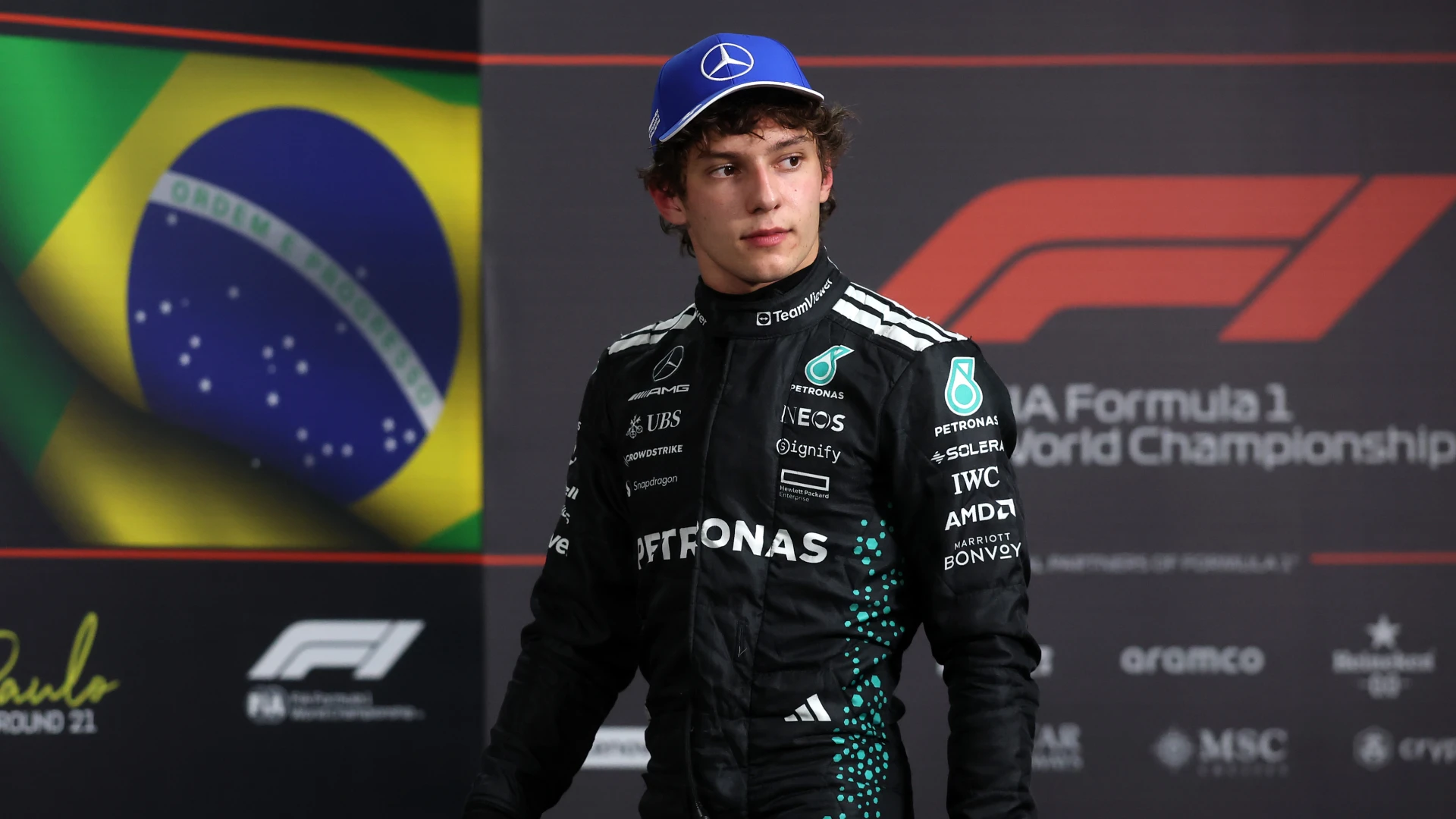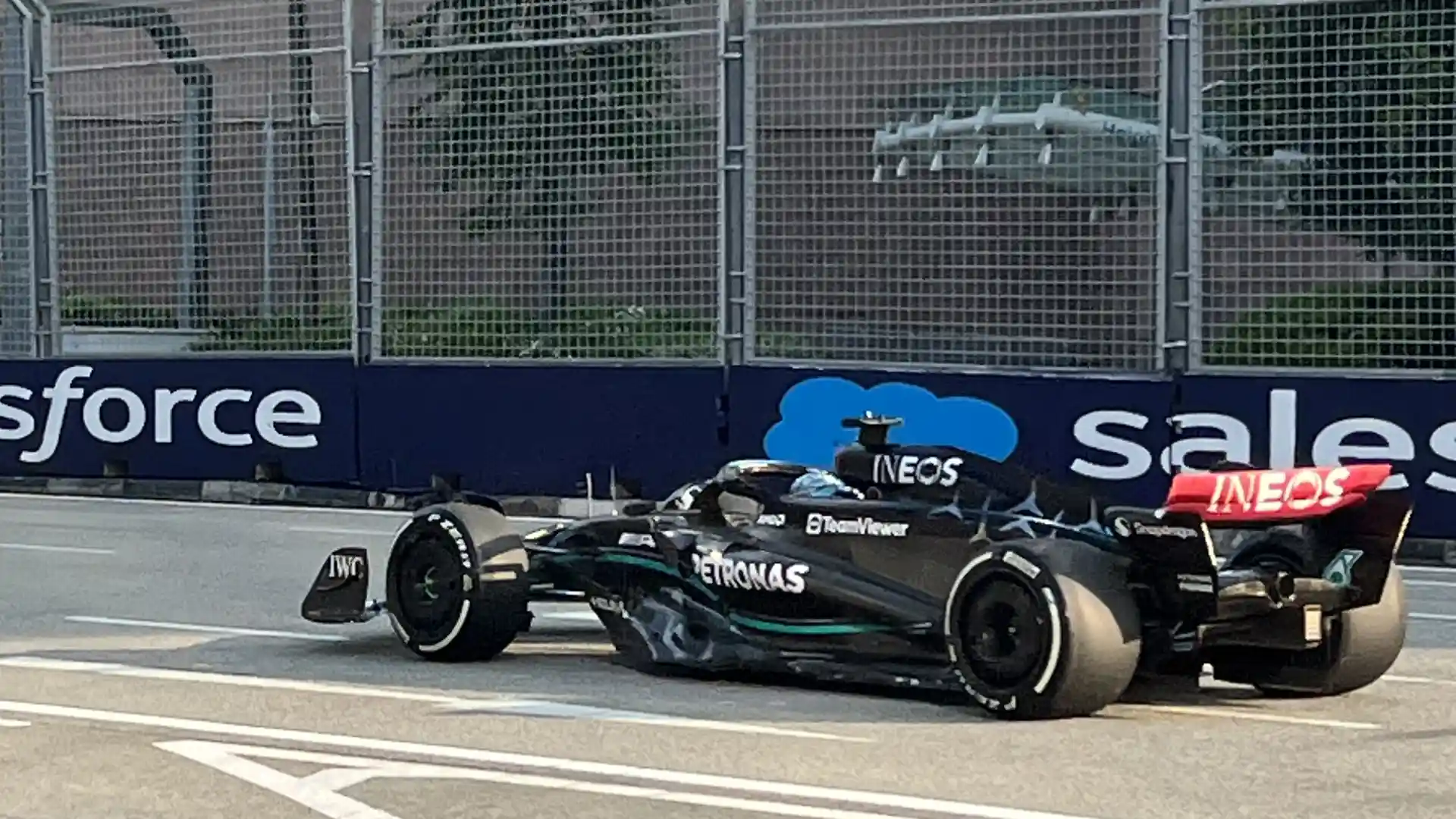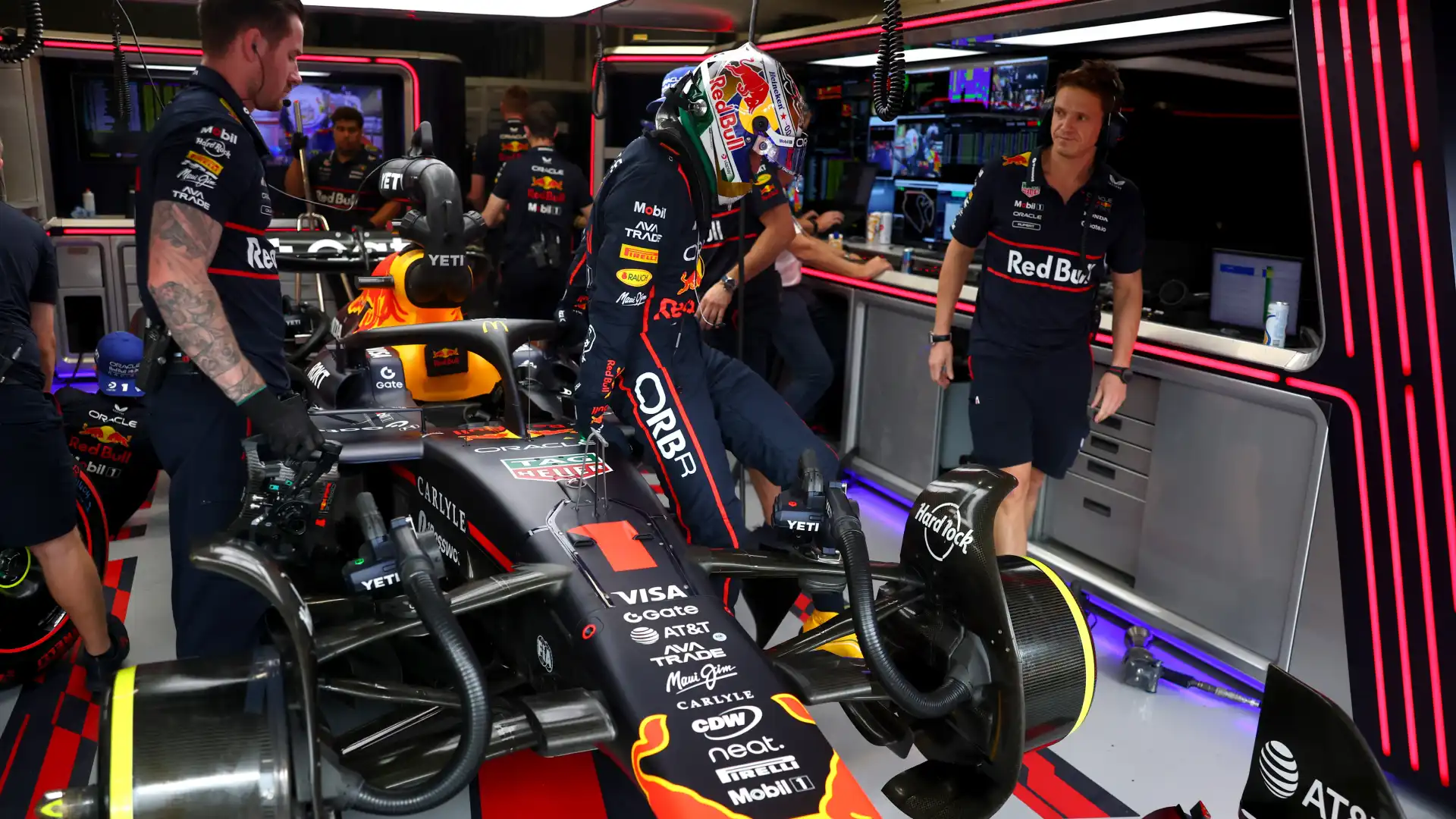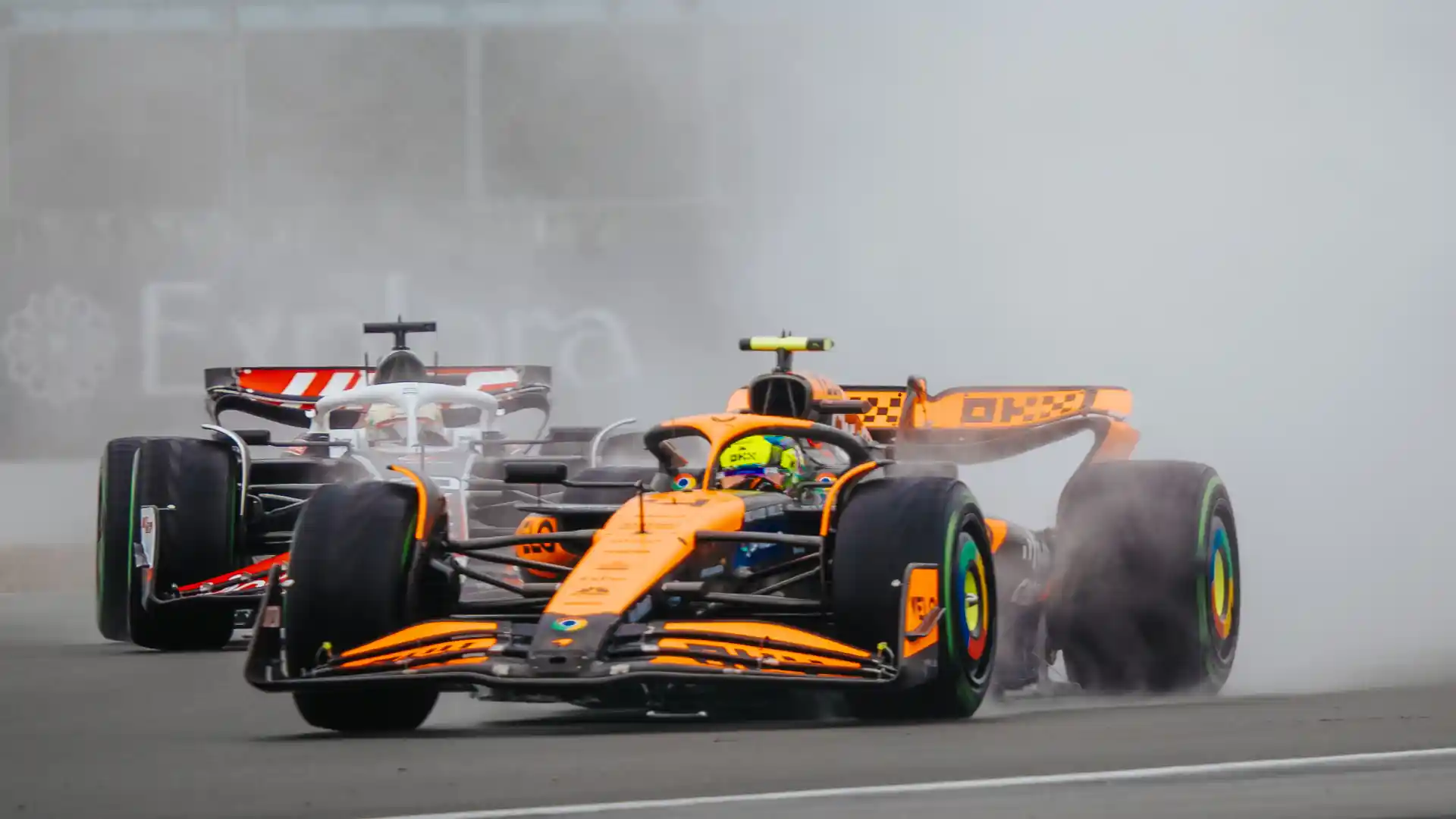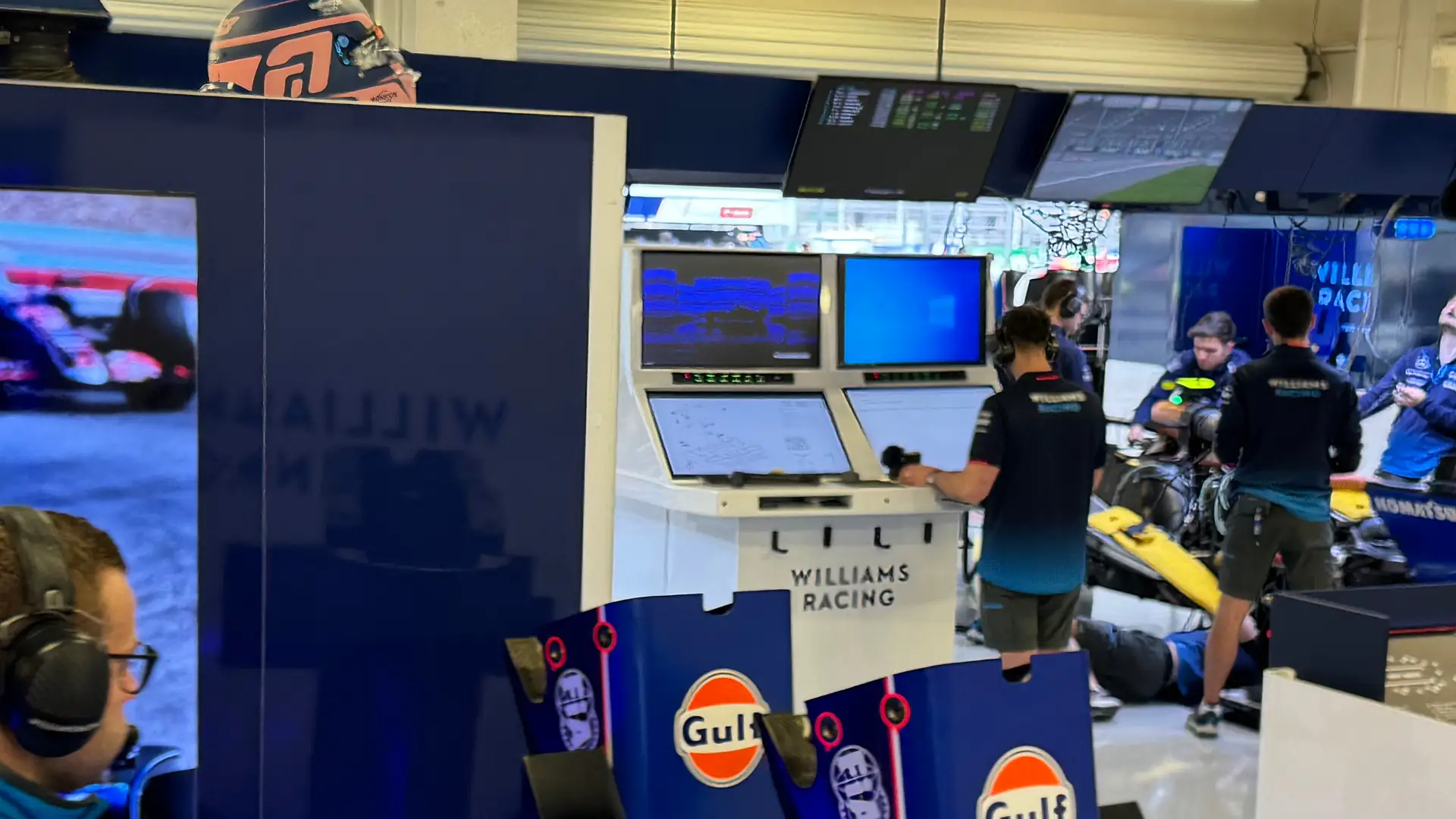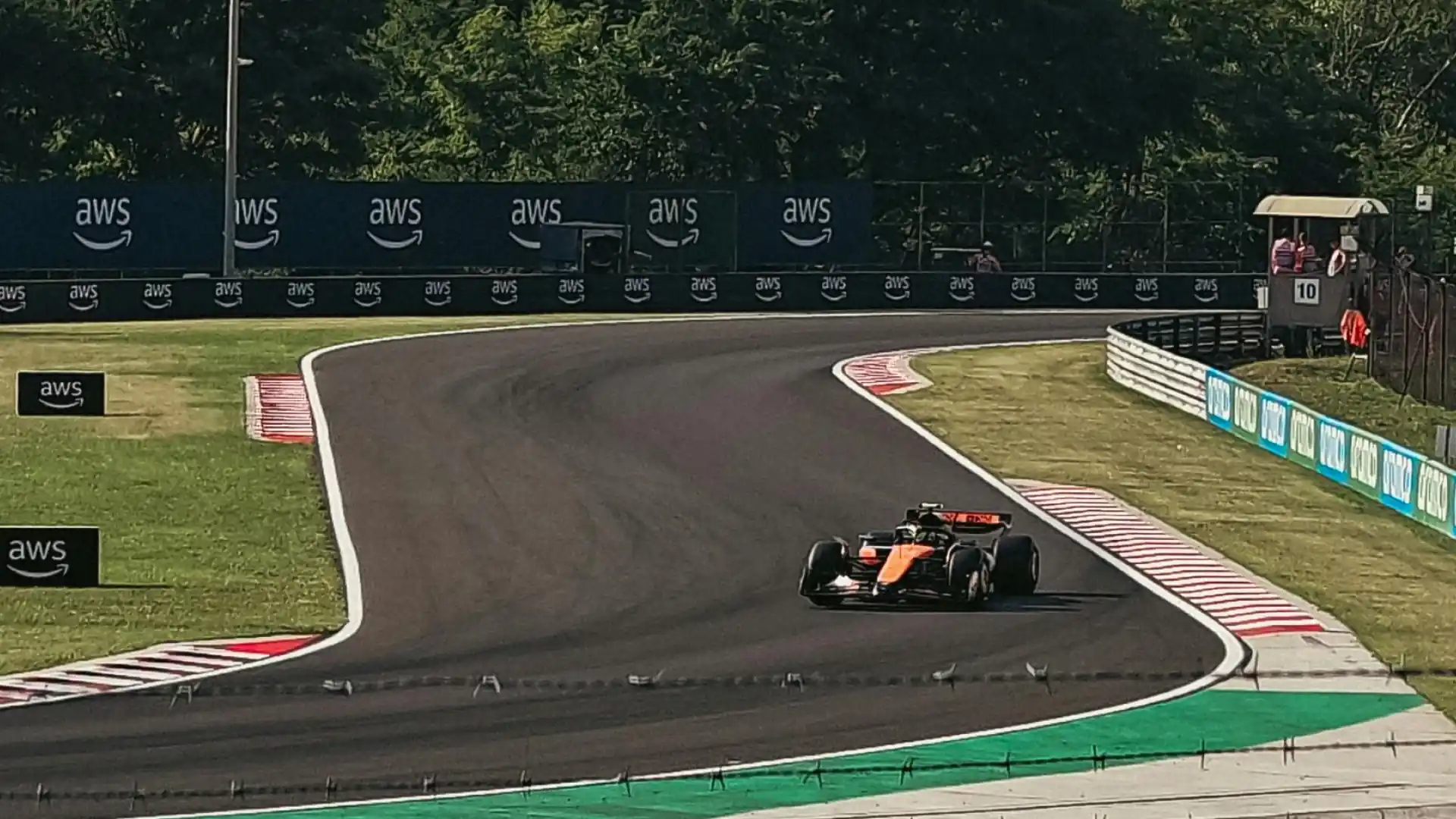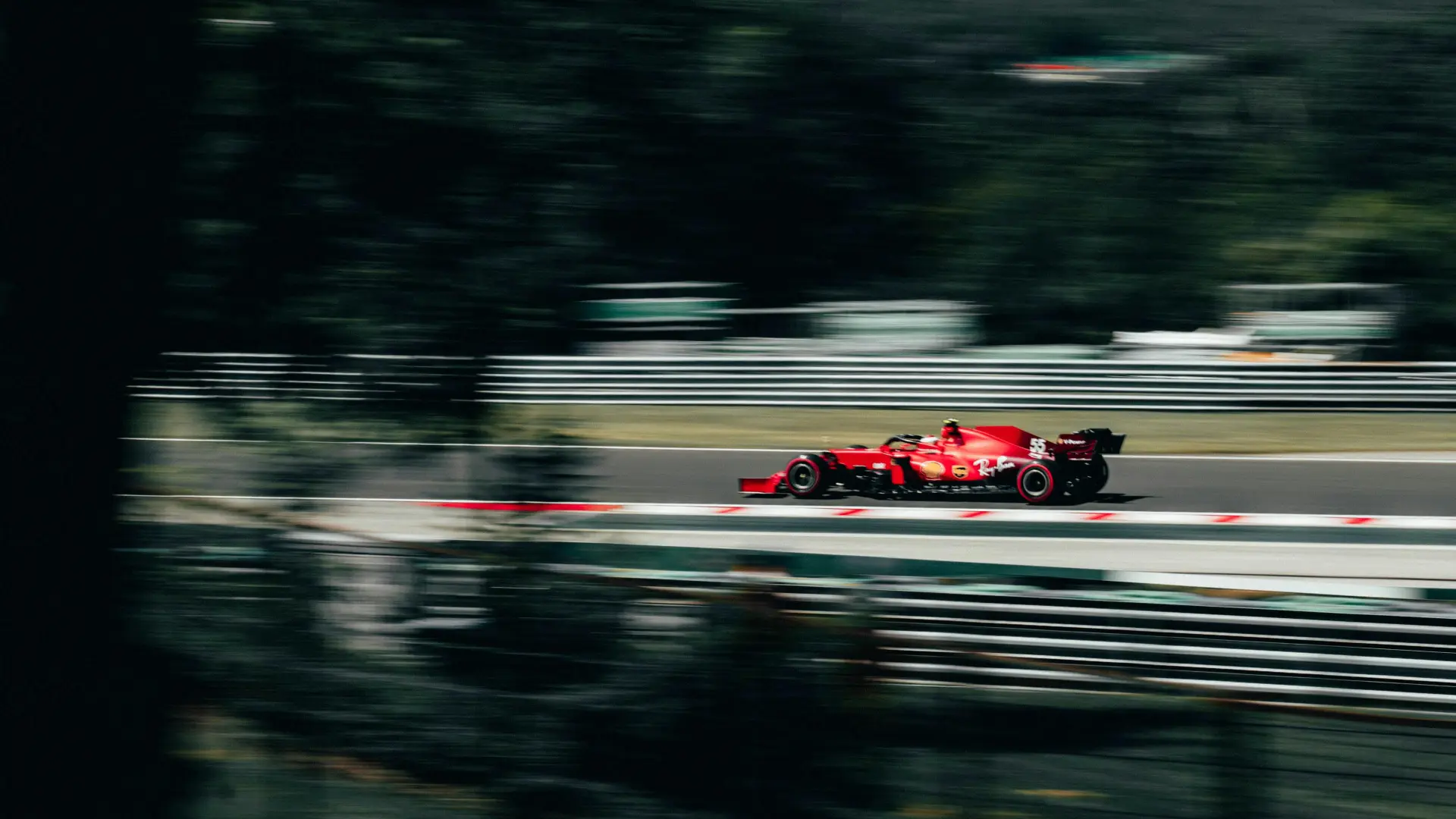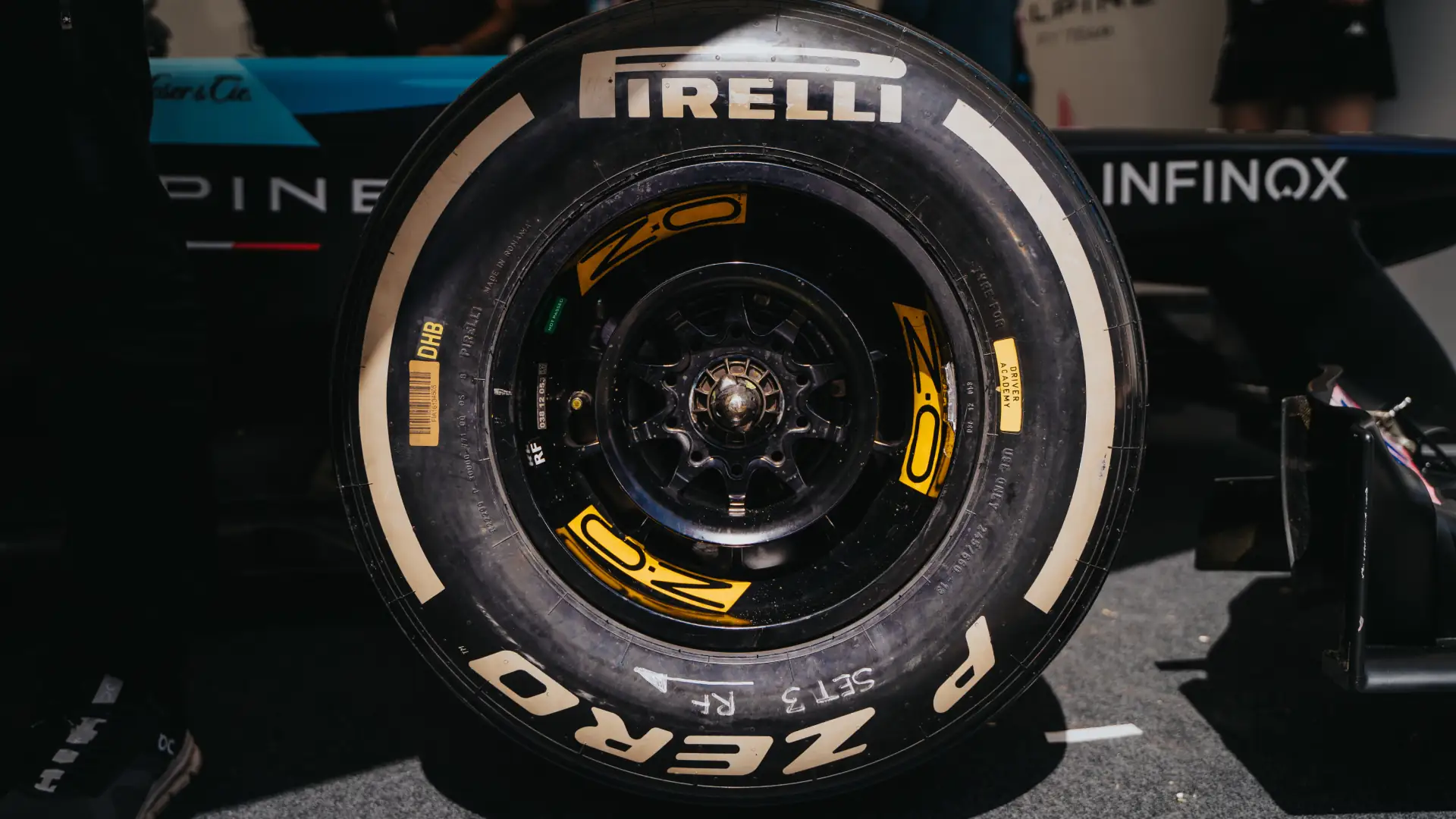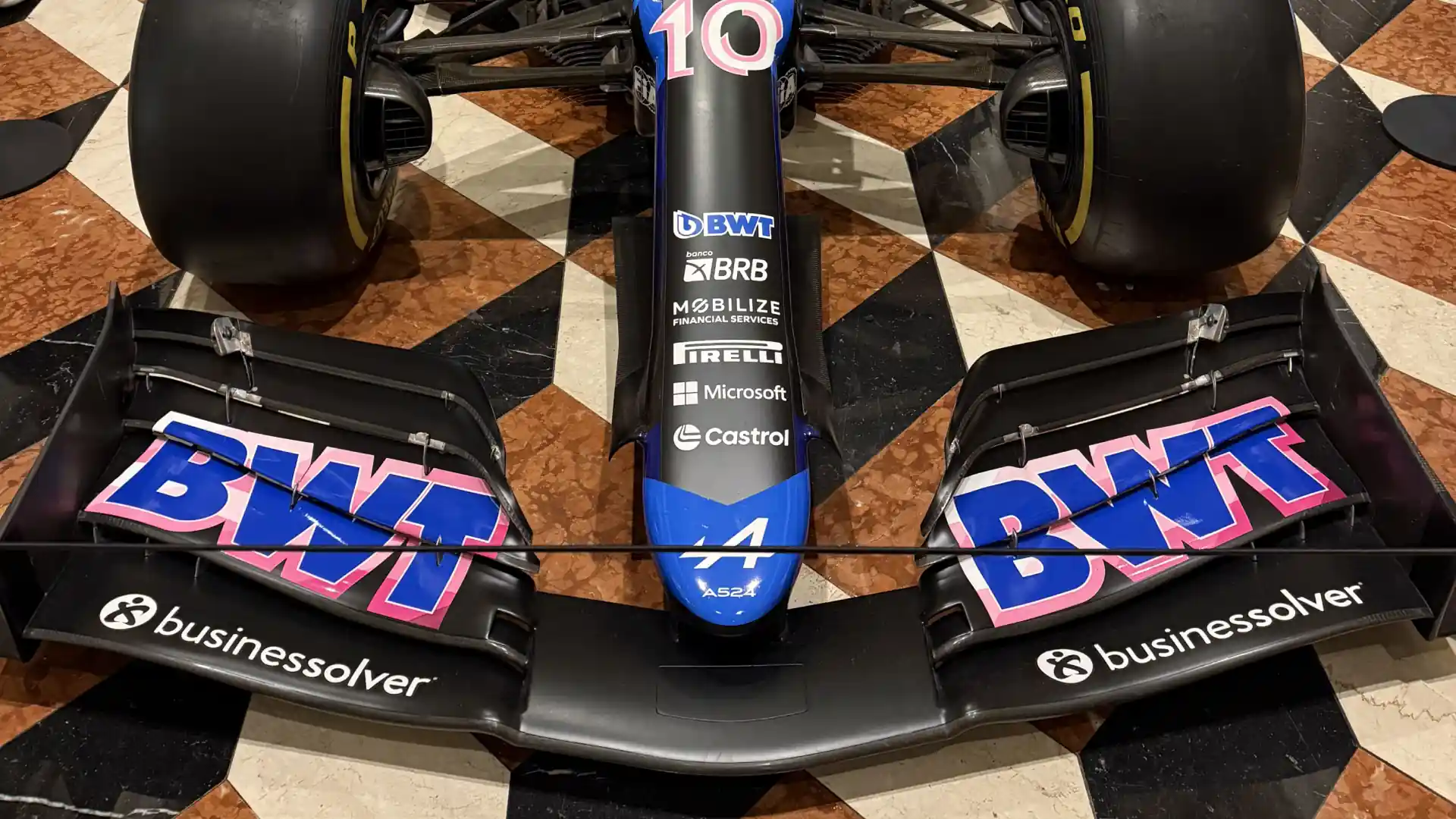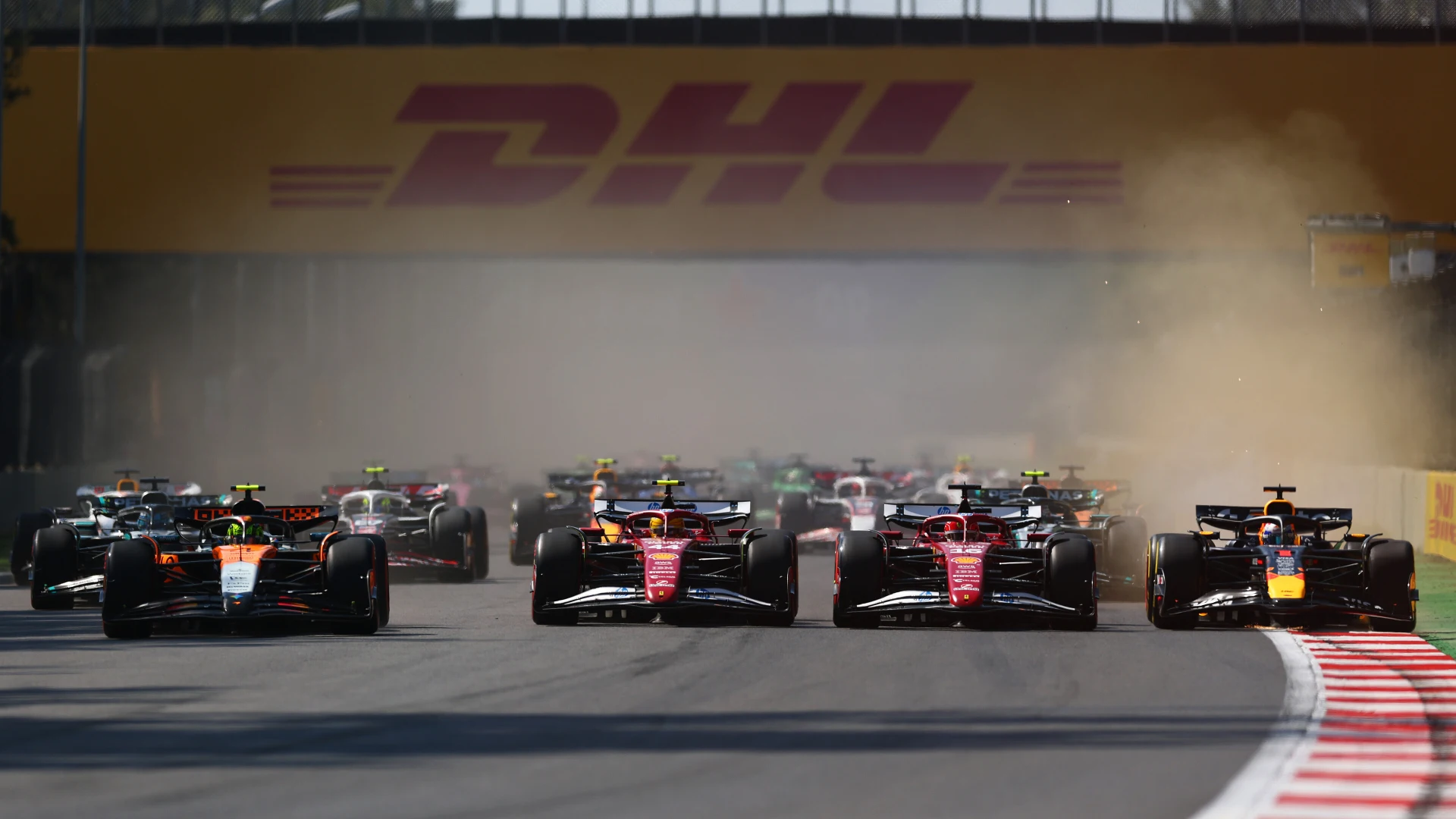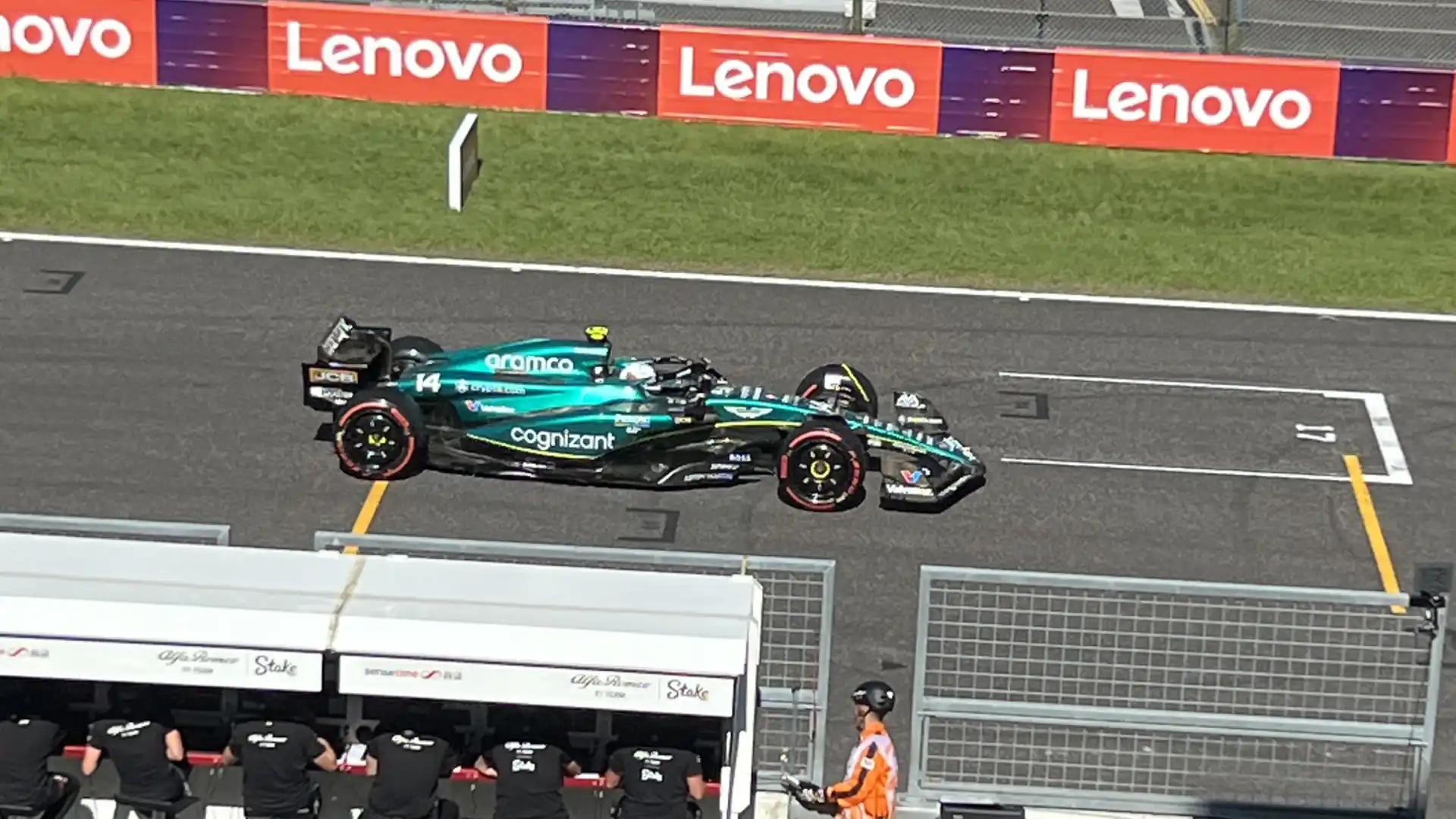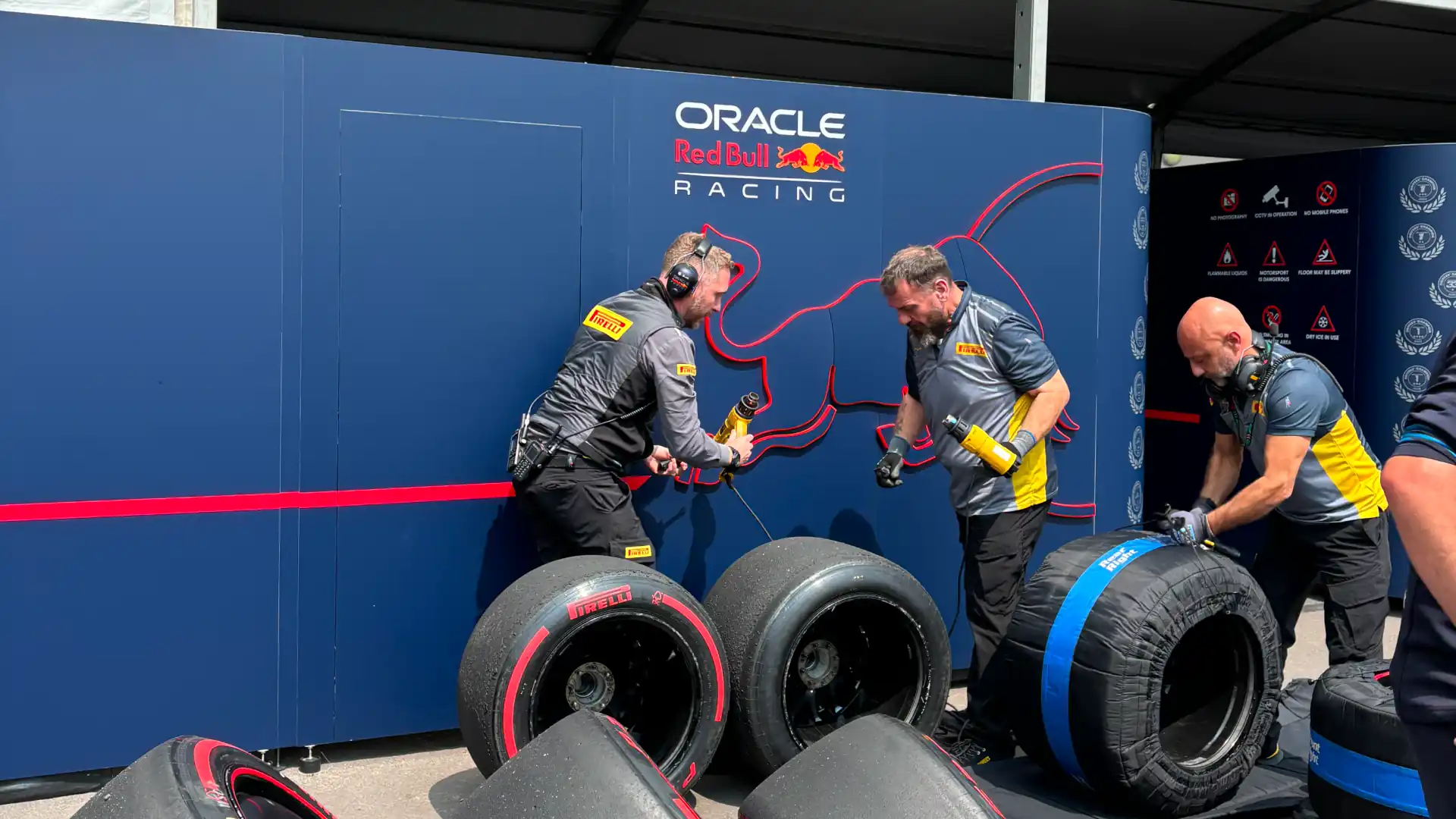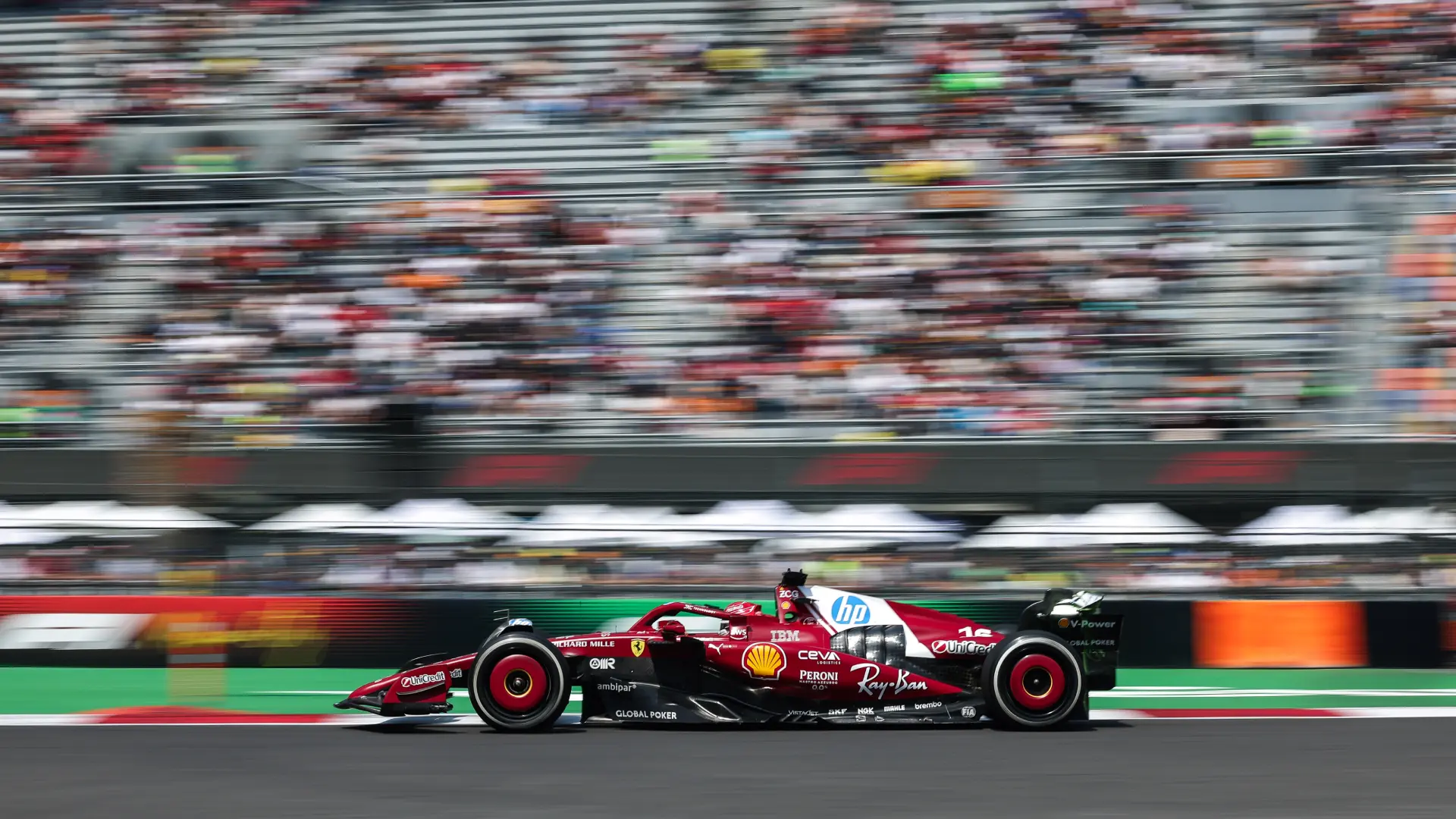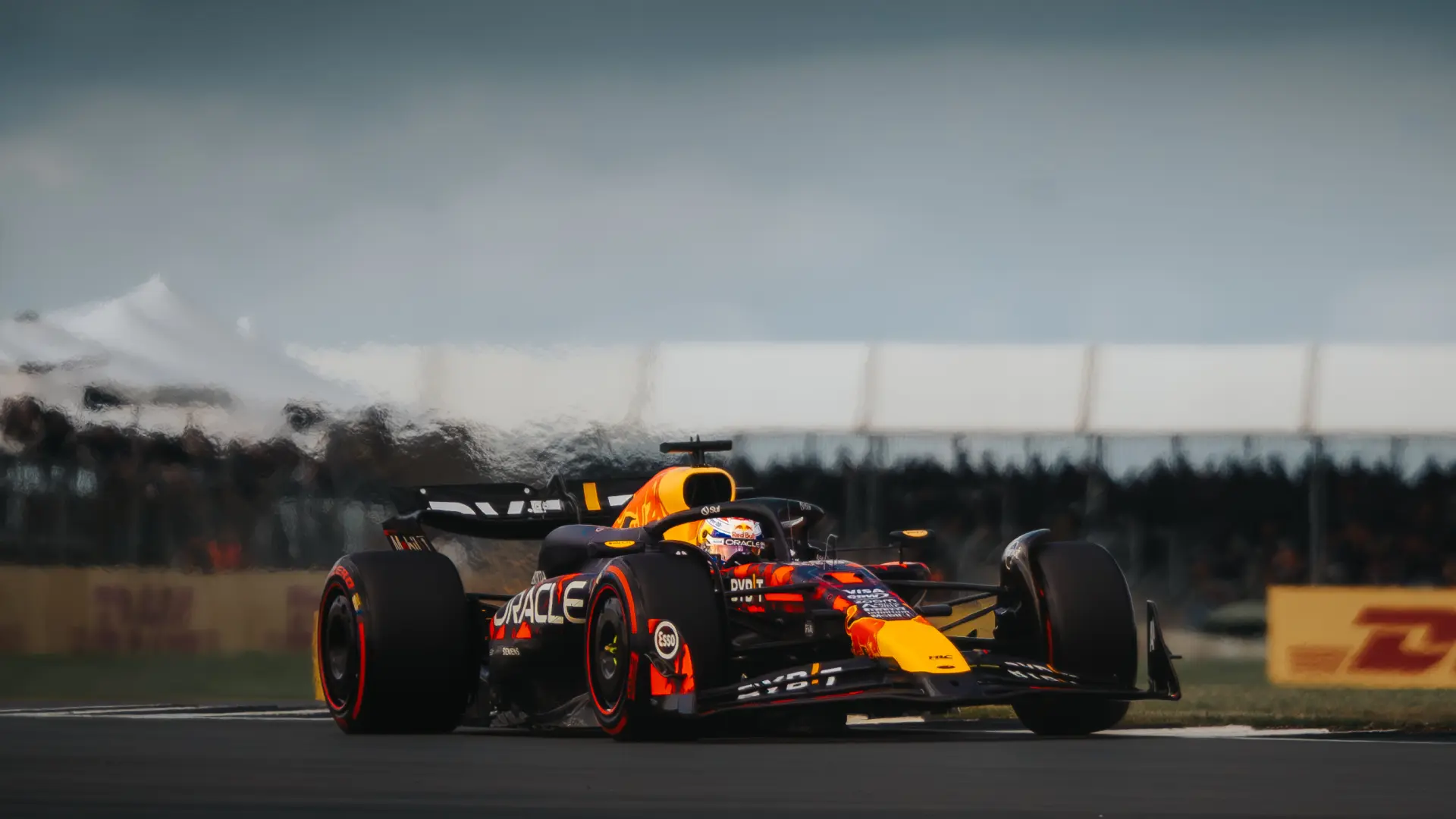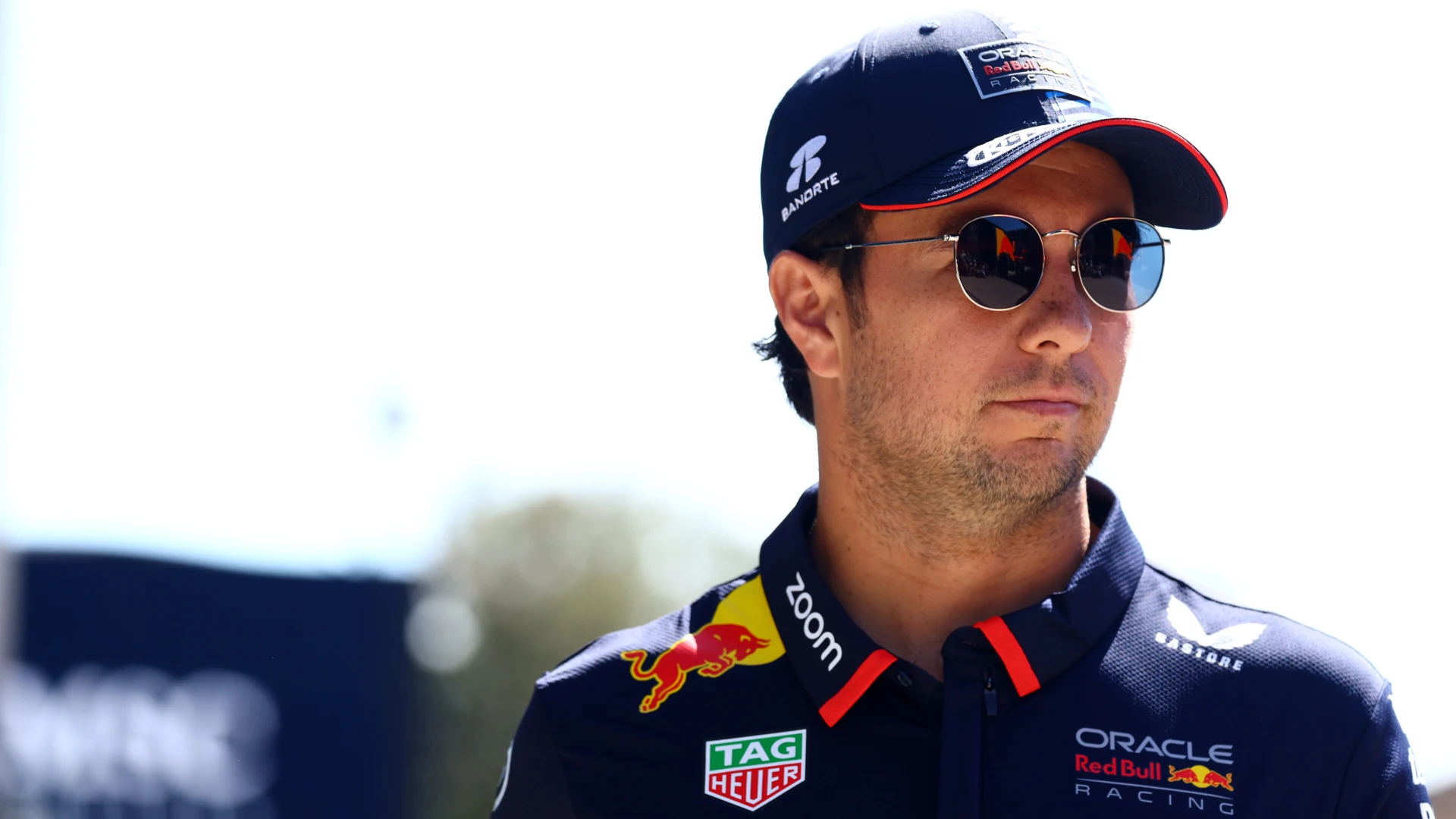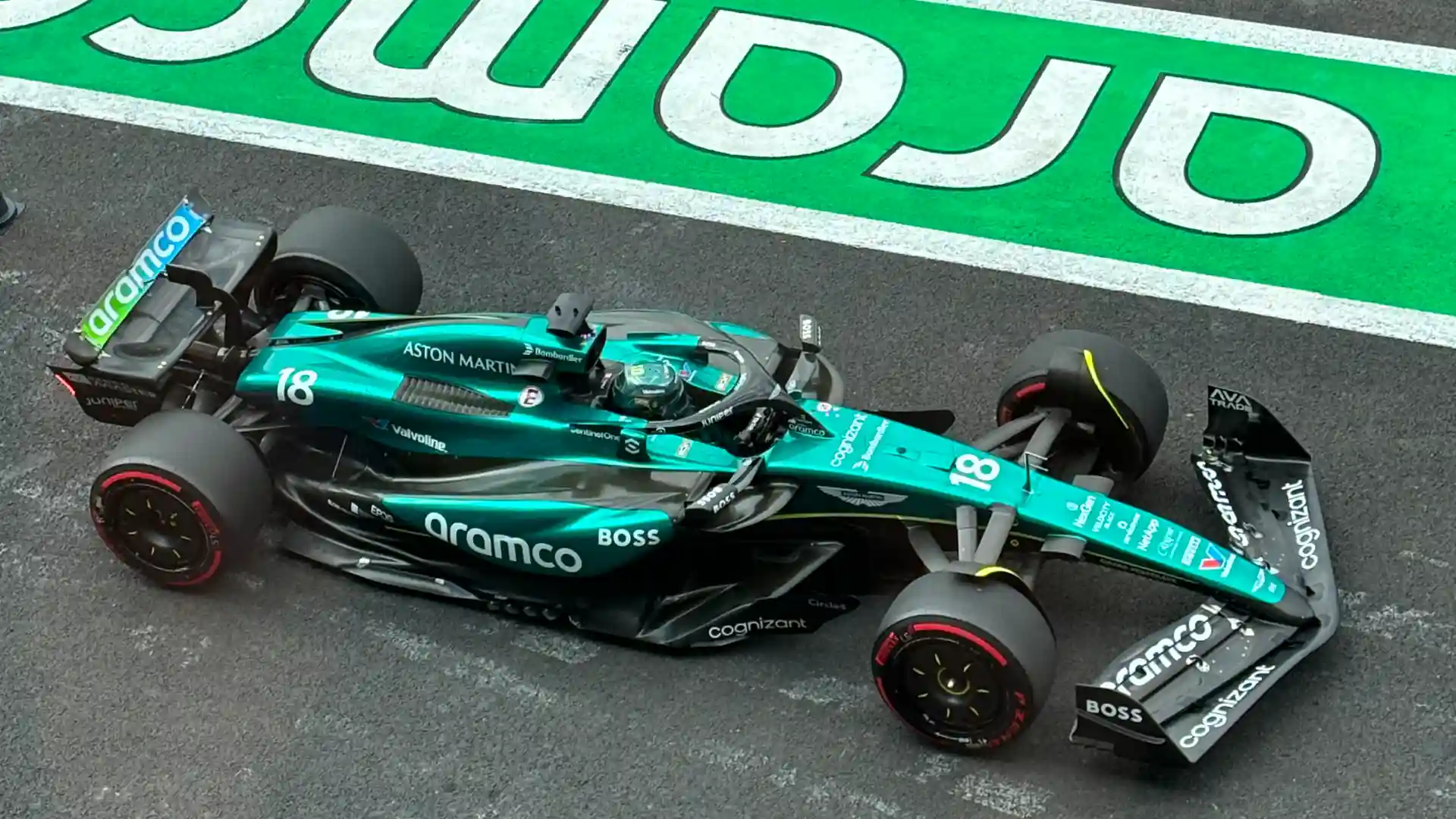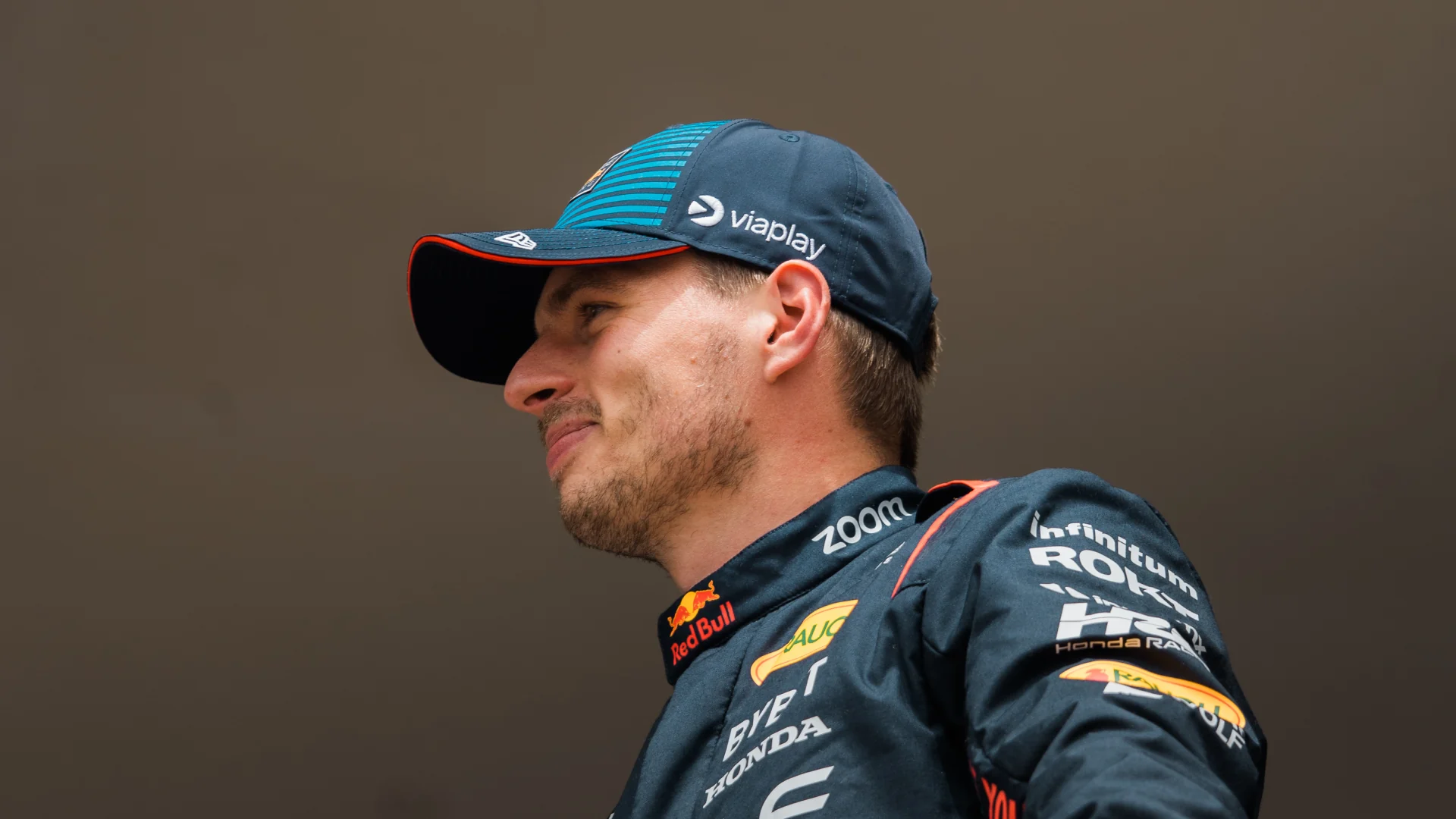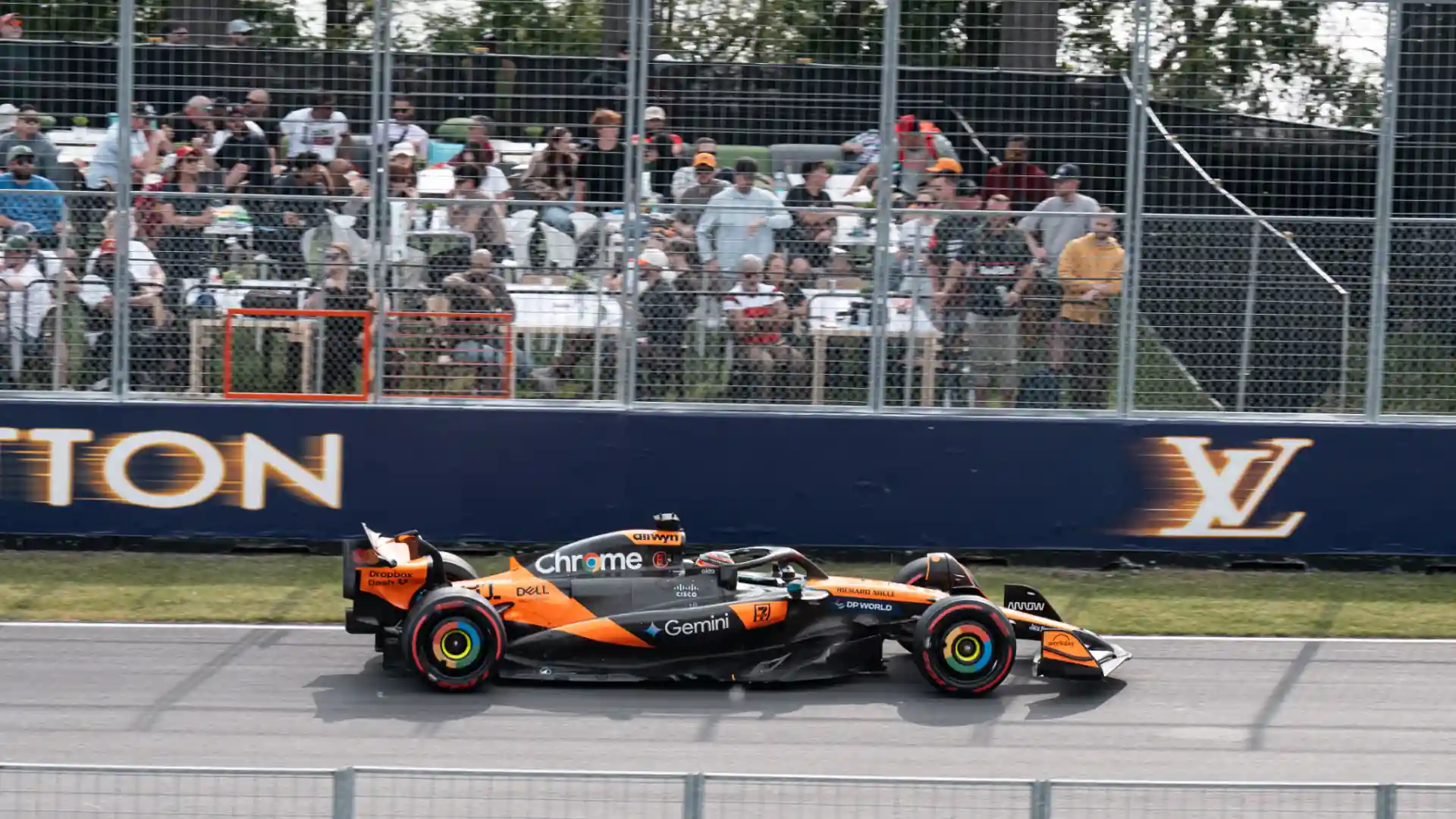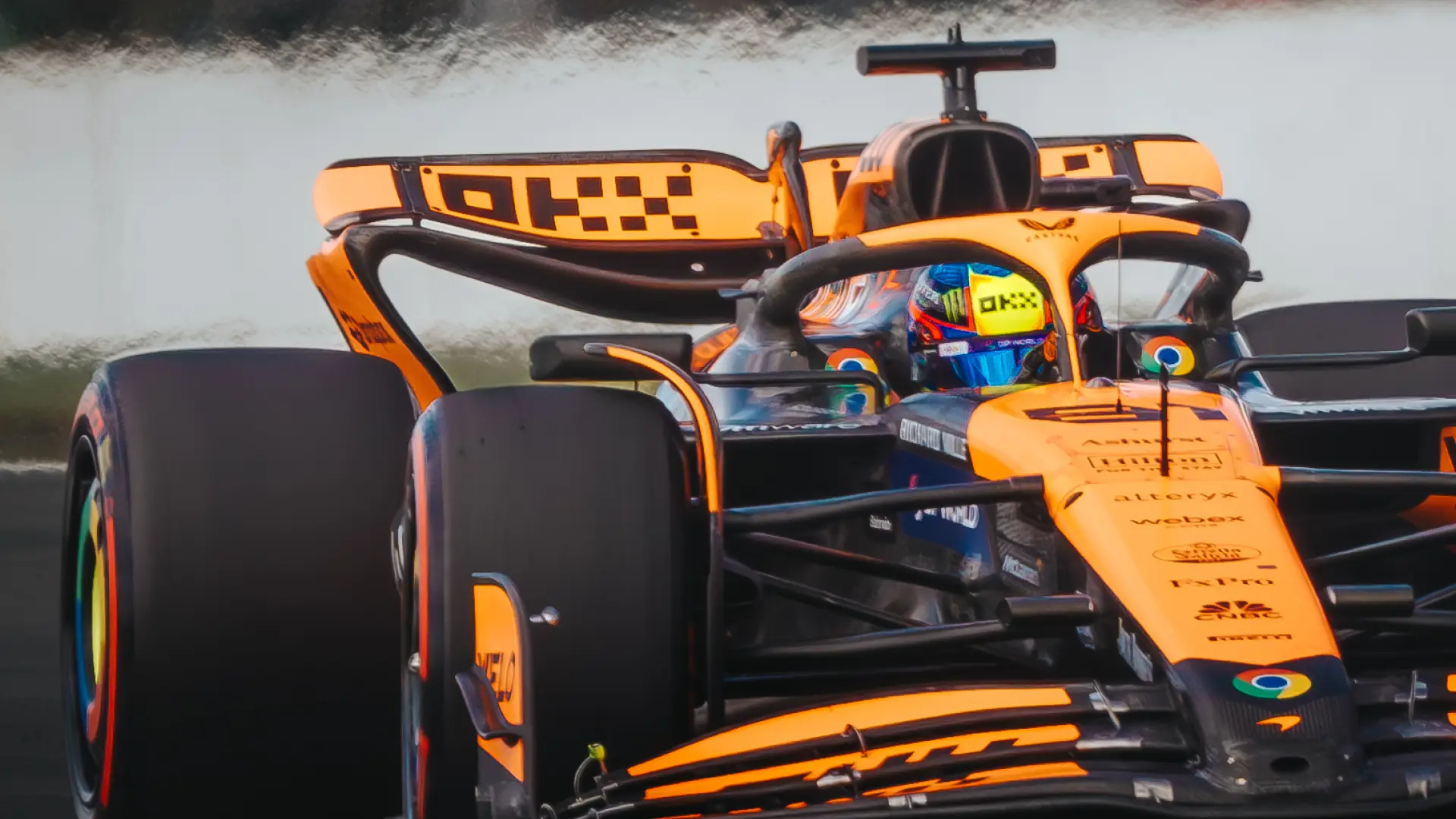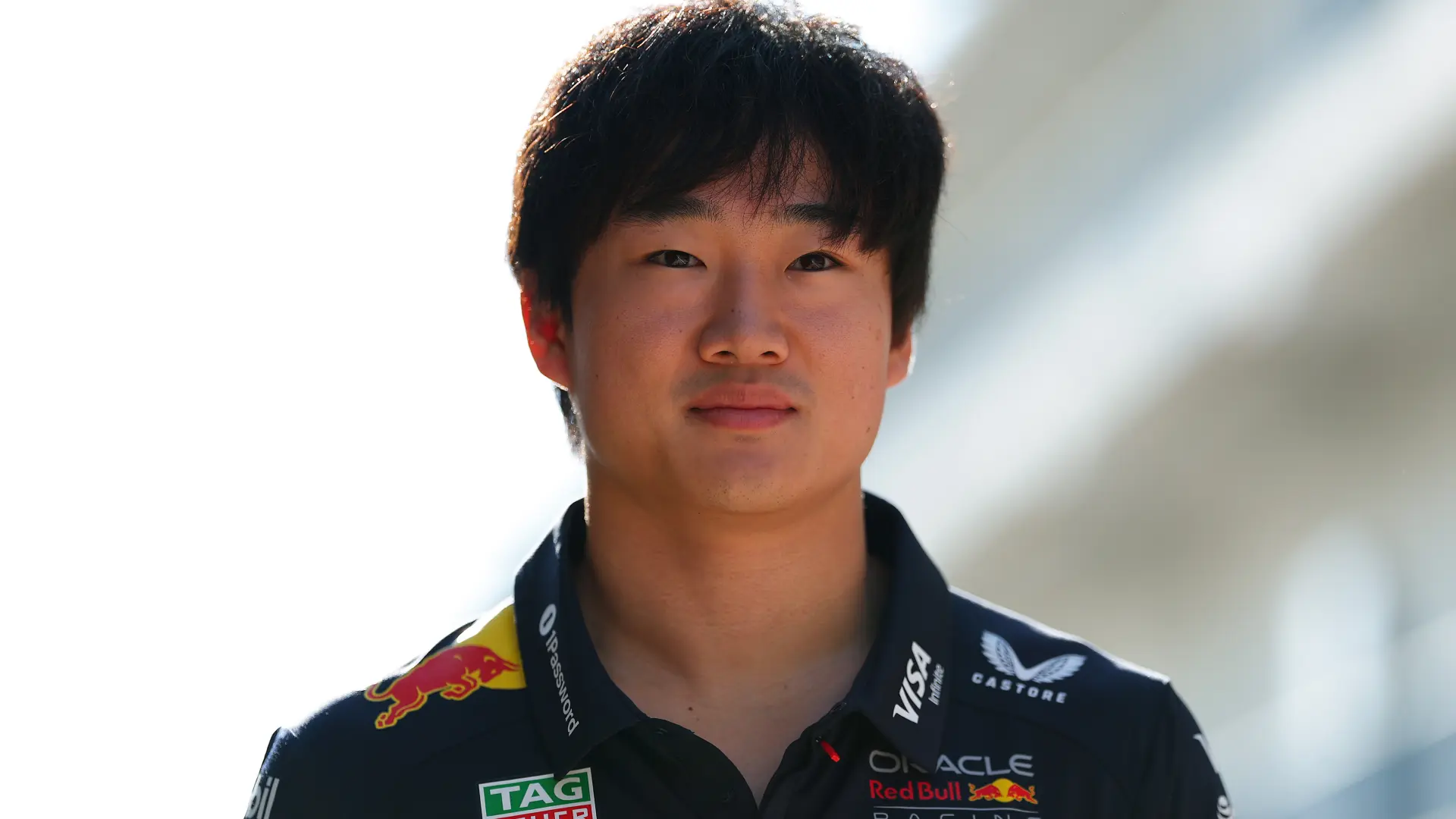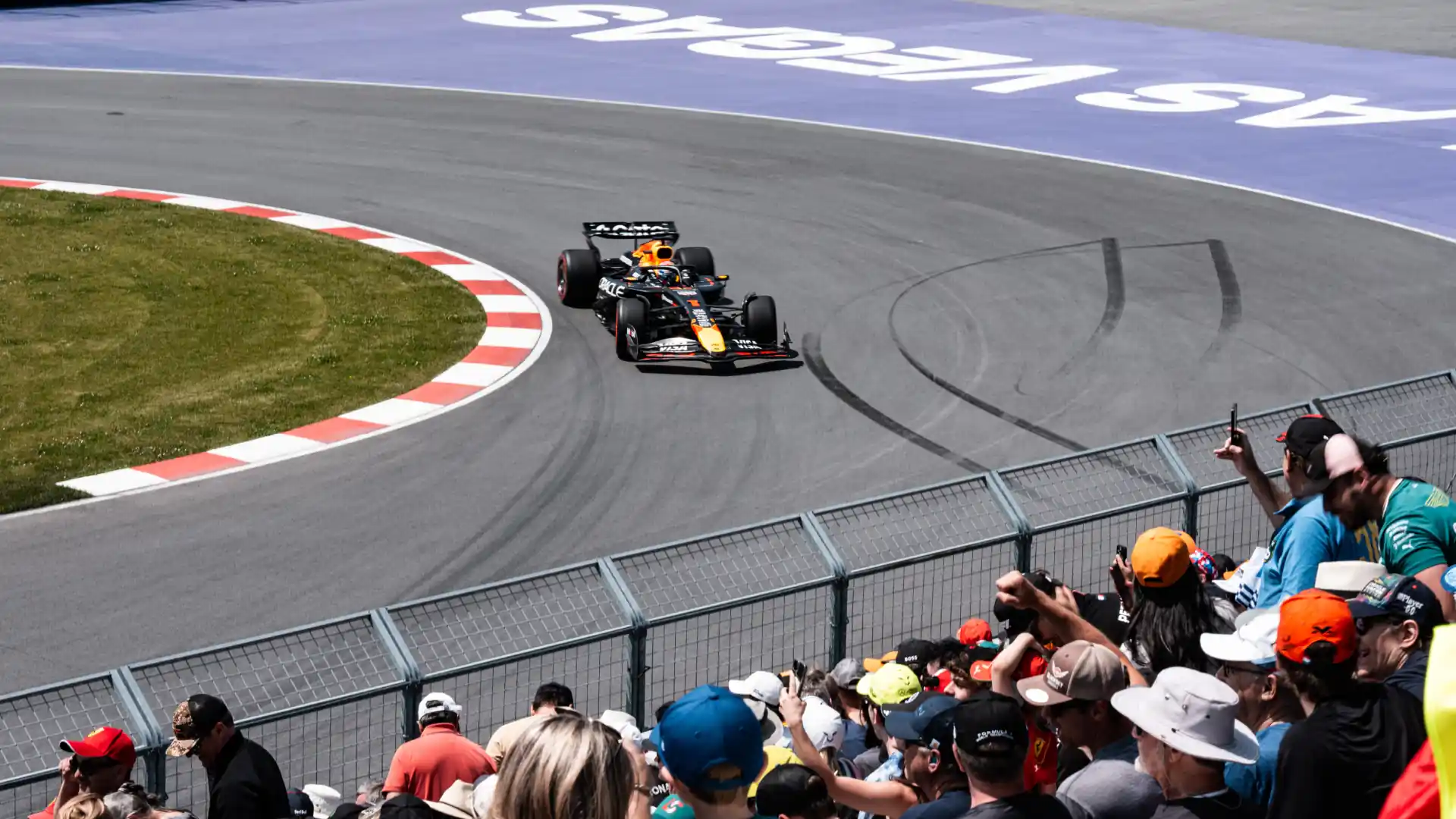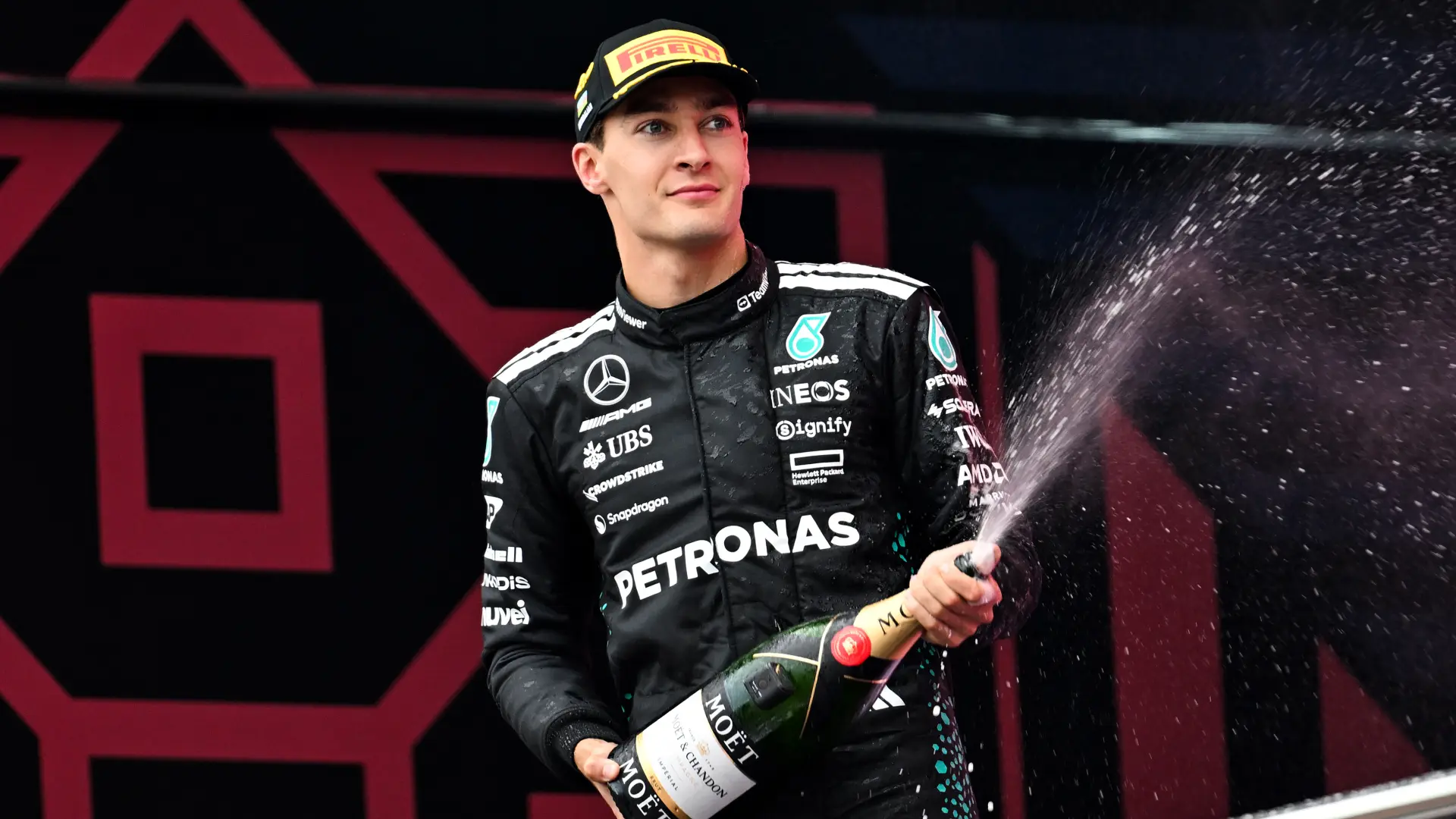2026 is ushering in a new era of Formula 1 with its biggest regulation overhauls ever, affecting the development of both the chassis and power unit. What's more, several new players are entering the sport, including Cadillac joining as an 11th team, Audi taking over Kick Sauber, and Ford teaming up with Red Bull to build a new power unit.
With so many new factors and moving pieces in play, the FIA is making sure that the competition stays tight and that everyone is on as even a footing as possible throughout the season while preserving the essence of a Constructors’ Championship. This should help prevent another case of one team overshadowing the rest, like what happened in 2014 when Mercedes out-developed the field by miles and dominated the sport for the next six years.
How is the FIA keeping the field even?
One of the key ways that the FIA is making sure that everyone stays within reach of one another is by simplifying power unit design. From 2026 onward, F1 power units will not contain a motor generator unit-heat (MGU-H), a component that, in current power units, stores energy from the heat produced by exhaust gases, and uses that energy to charge the car's battery.
The MGU-H is unique to F1 cars; in other words, it's not part of your everyday road car design. While it can have a huge impact on overall car performance, it is extremely costly for teams to develop well, in terms of effort, time and money. By eliminating it, the FIA is not only evening the field, it is lowering the barrier of entry for power unit providers such as Audi, Ford and Cadillac to enter the sport. While Cadillac will begin by using Ferrari engines, their plan is to eventually shift to their own power units. Simplifying the design will make this an easier process.
But taking out the MGU-H is not the only way that the FIA is ensuring that no one team holds all the cards.
Additional development and upgrade opportunities
Nikolas Tombazis, the FIA’s single seater director recently spoke about an even bigger change the FIA is making going forward. As of 2026 they will be introducing something called the Additional Development and Upgrades Opportunities (ADUO).
“Essentially every five, six races there will be an average performance measured for each PU manufacturer,” said Tombasiz in a story published by Motorsport.com. “Those who are below a certain level, and depending on how much below they are, will get that benefit accumulating over the year.”
Specifically, according to the 2026 technical regulations, the FIA intends to measure the average performance of the internal combustion engine (ICE) that power unit manufacturers (Mercedes, Ferrari, Honda, Red Bull/Ford, Audi, and eventually Cadillac) provide to the grid every five races between 2026 and 2030. After the fifth race of a given season, any manufacturers whose ICE performance is over 3% lower than the top-performing ICE will be given special ADUO status.
For example, in 2026 after the Saudi Arabian Grand Prix—the 5th race of the year—the FIA will calculate ICE performance for all of the participating power unit manufacturers and decide if any qualify for ADUO. Then they will measure the performance of the power units every five races and repeat the decision process after the fifth race of the 2027 season, and so on. In the meantime, any manufacturers who are eligible for ADUO will be able to use those additional resources for their power unit development. Broadly, this includes but is not limited to:
- Additional/supplementary development funding
- Additional dyno hours (more time to test their power units using a dynamometer, which is a device that measures engine force, torque or power)
- Chances to submit additional power unit configurations for testing and approval by the FIA
The FIA has also introduced measures to assist teams that are having engine reliability issues. This is because of how much of a change the 2026 regulations will be compared to the current set, and should help prevent any one team's cost cap being disproportionately affected, especially in the early stages of the new regulations.
This combination of a simplified power unit and targeted support measures will help ensure that all teams have adequate resources to stay equally competitive, at least when it comes to the power unit. This in turn gives the 2026 to 2030 era of Formula 1 the potential to become one of the most exciting periods in motorsport racing, which will certainly be a treat for fans begging for more clashes and tighter battles in the series.
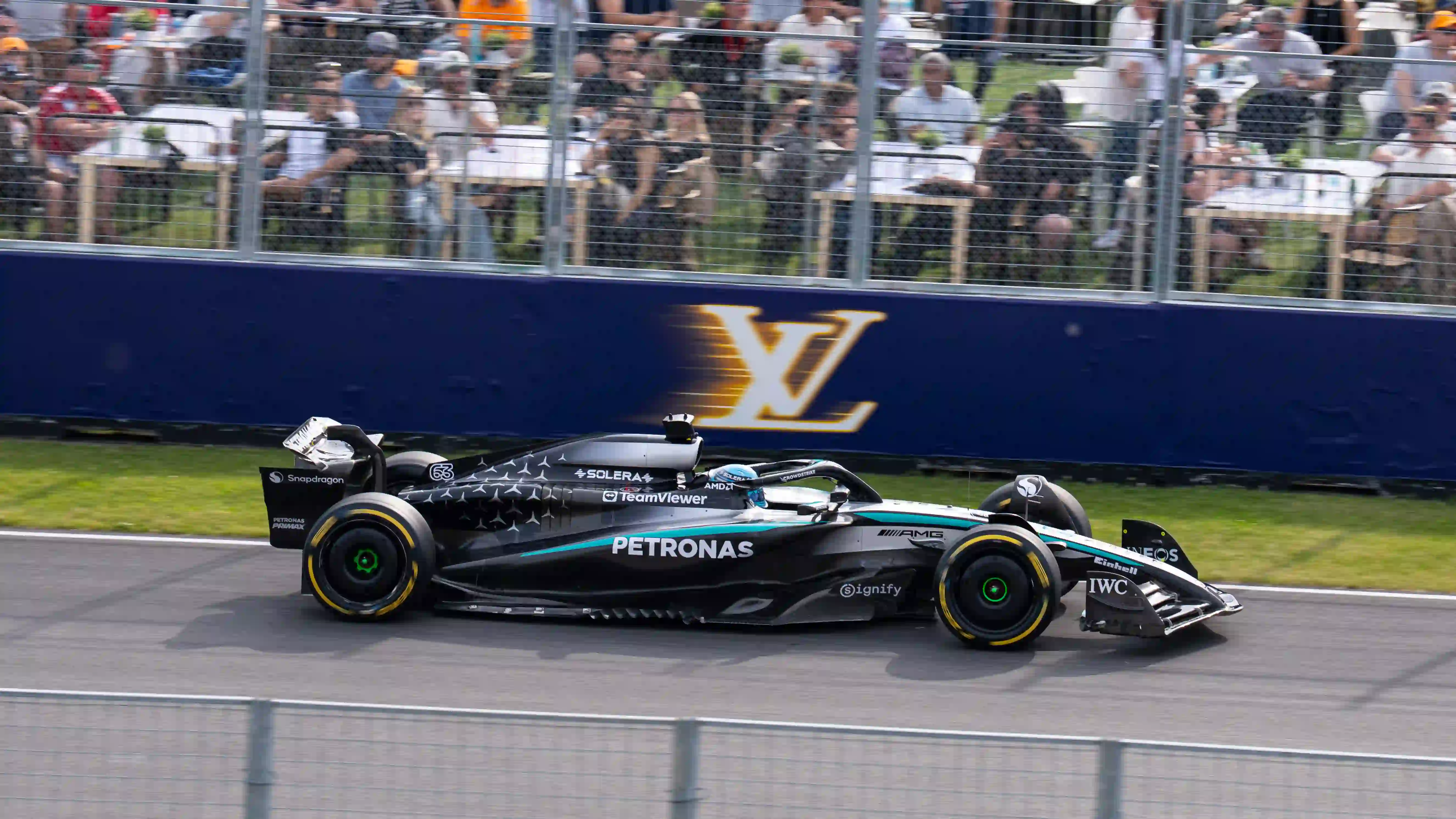
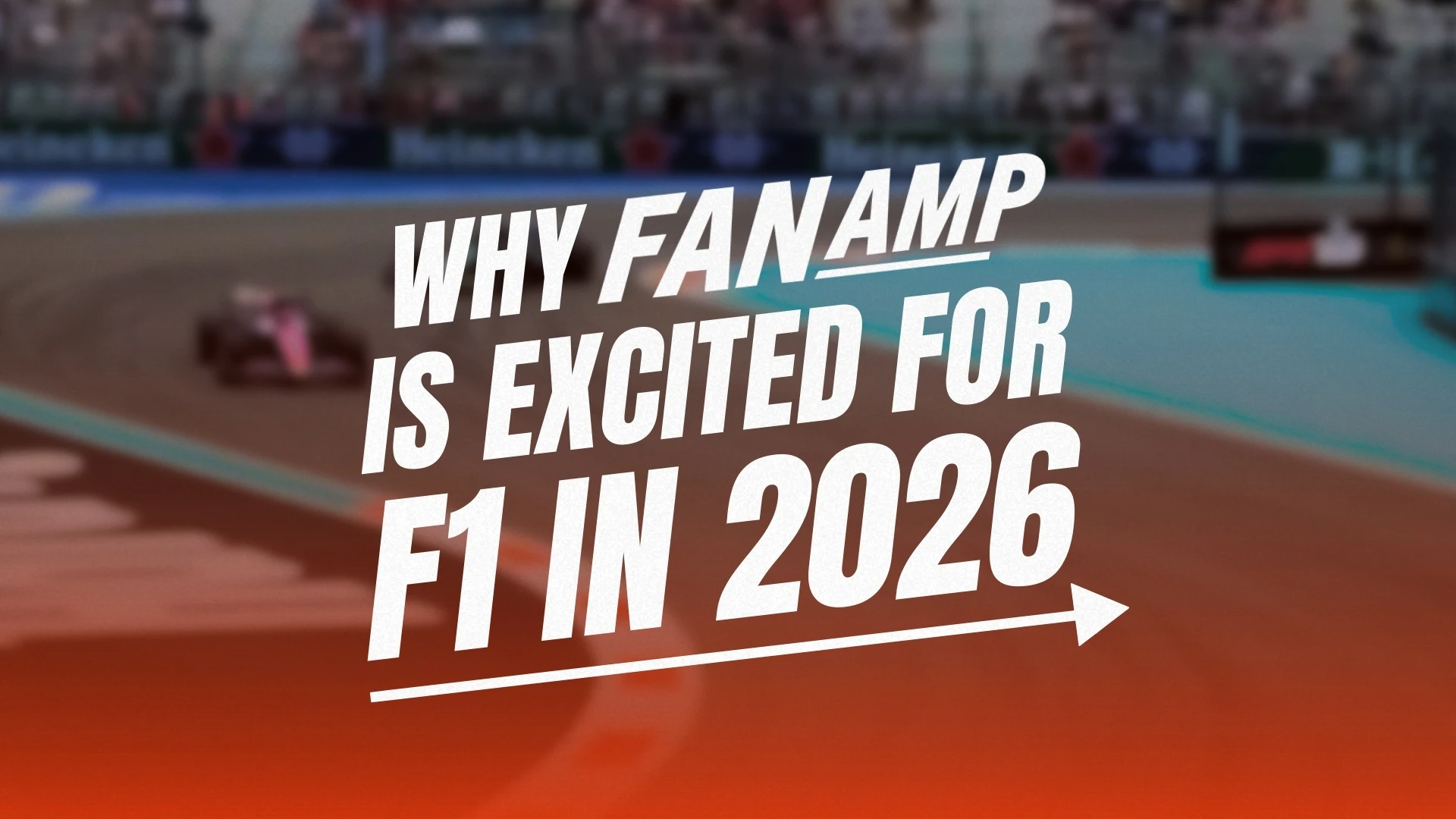
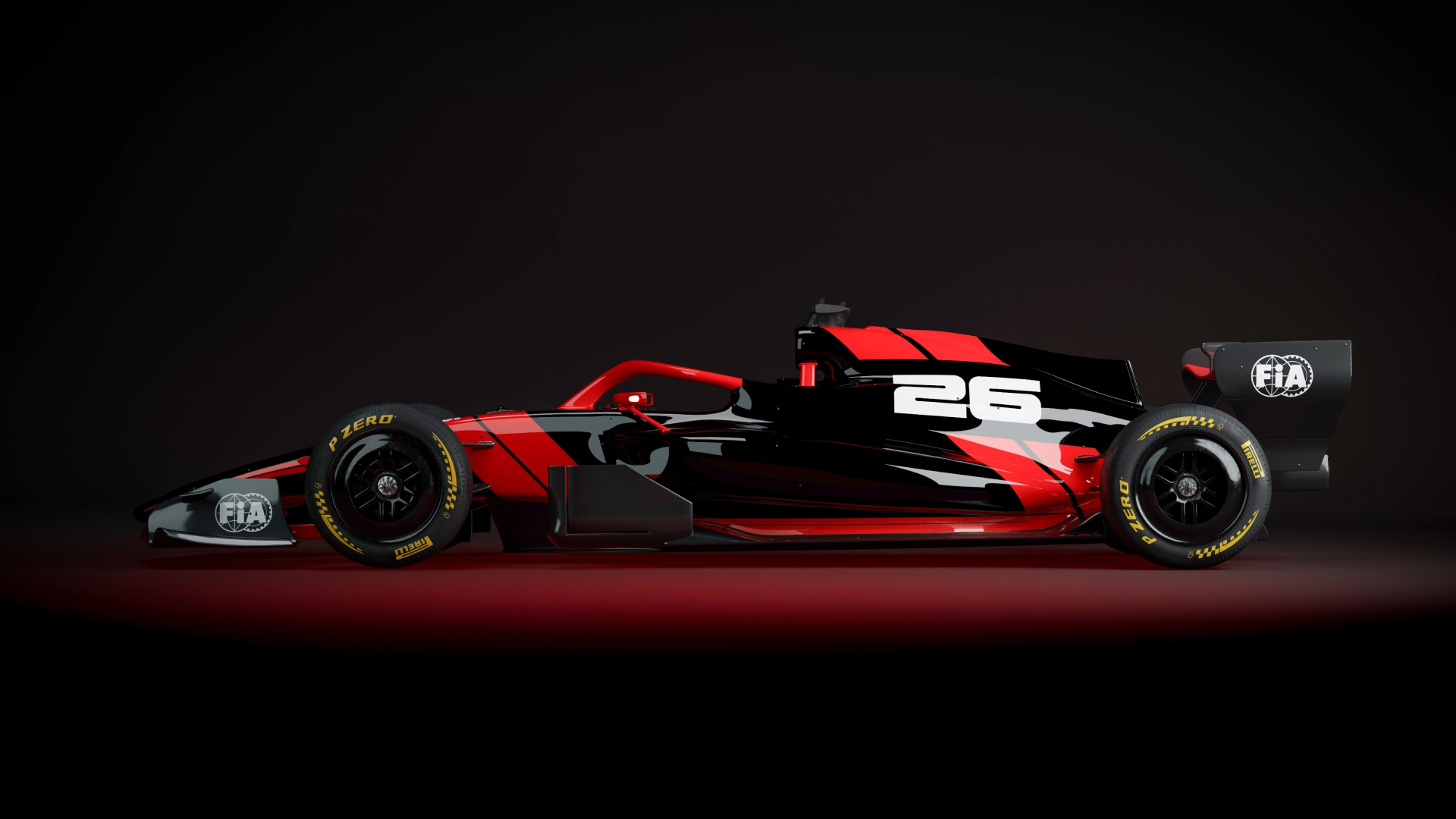
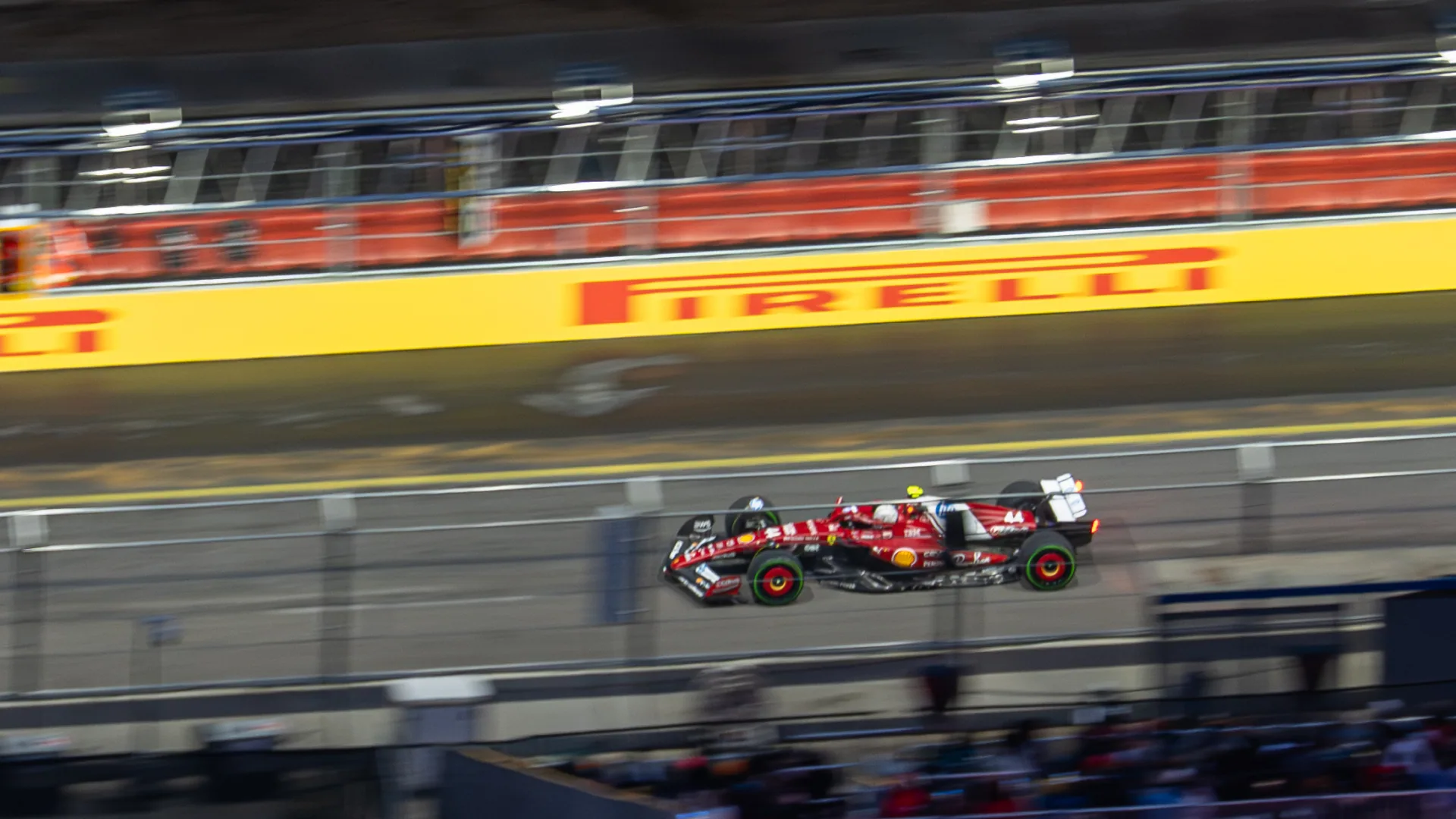




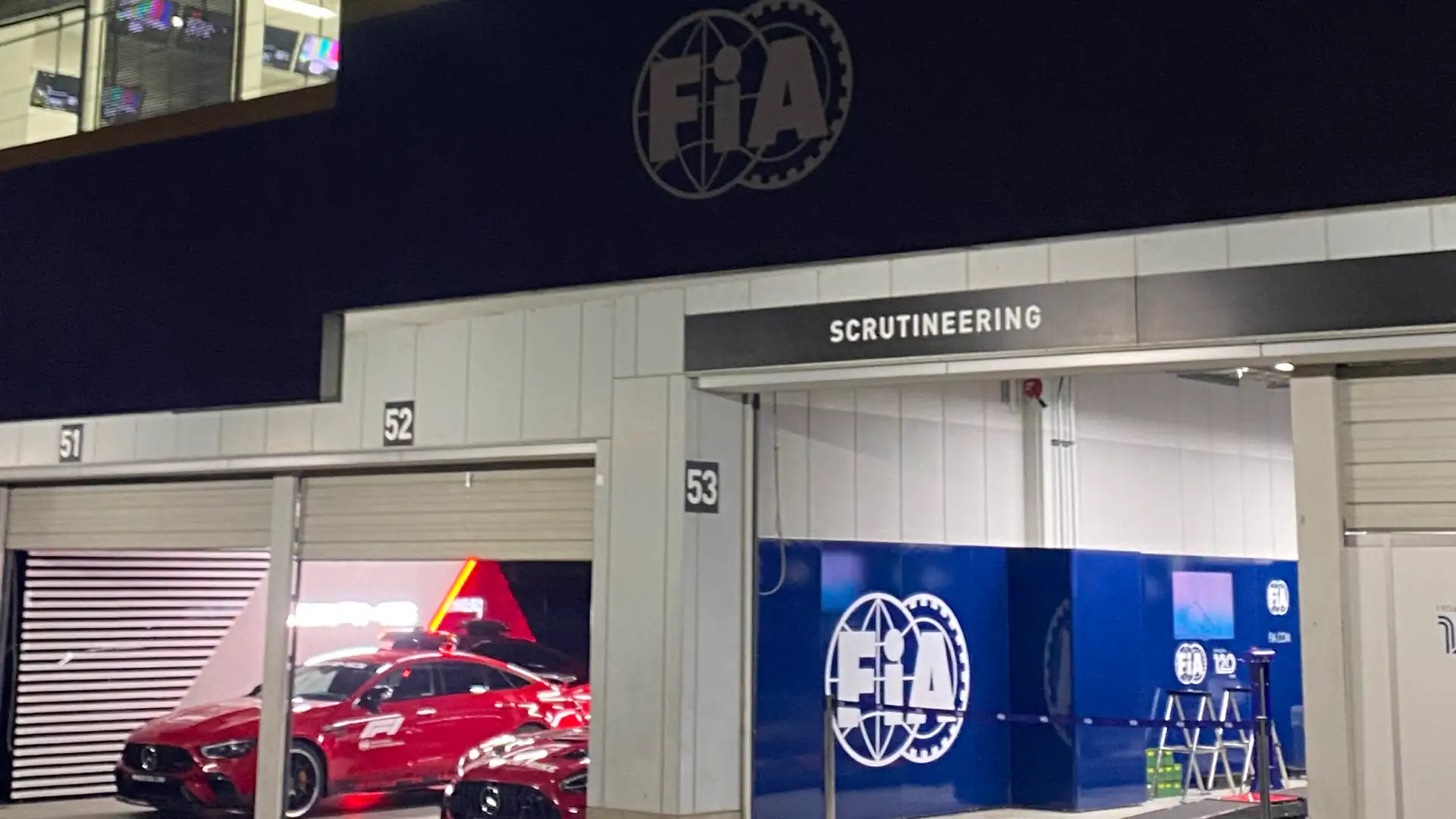
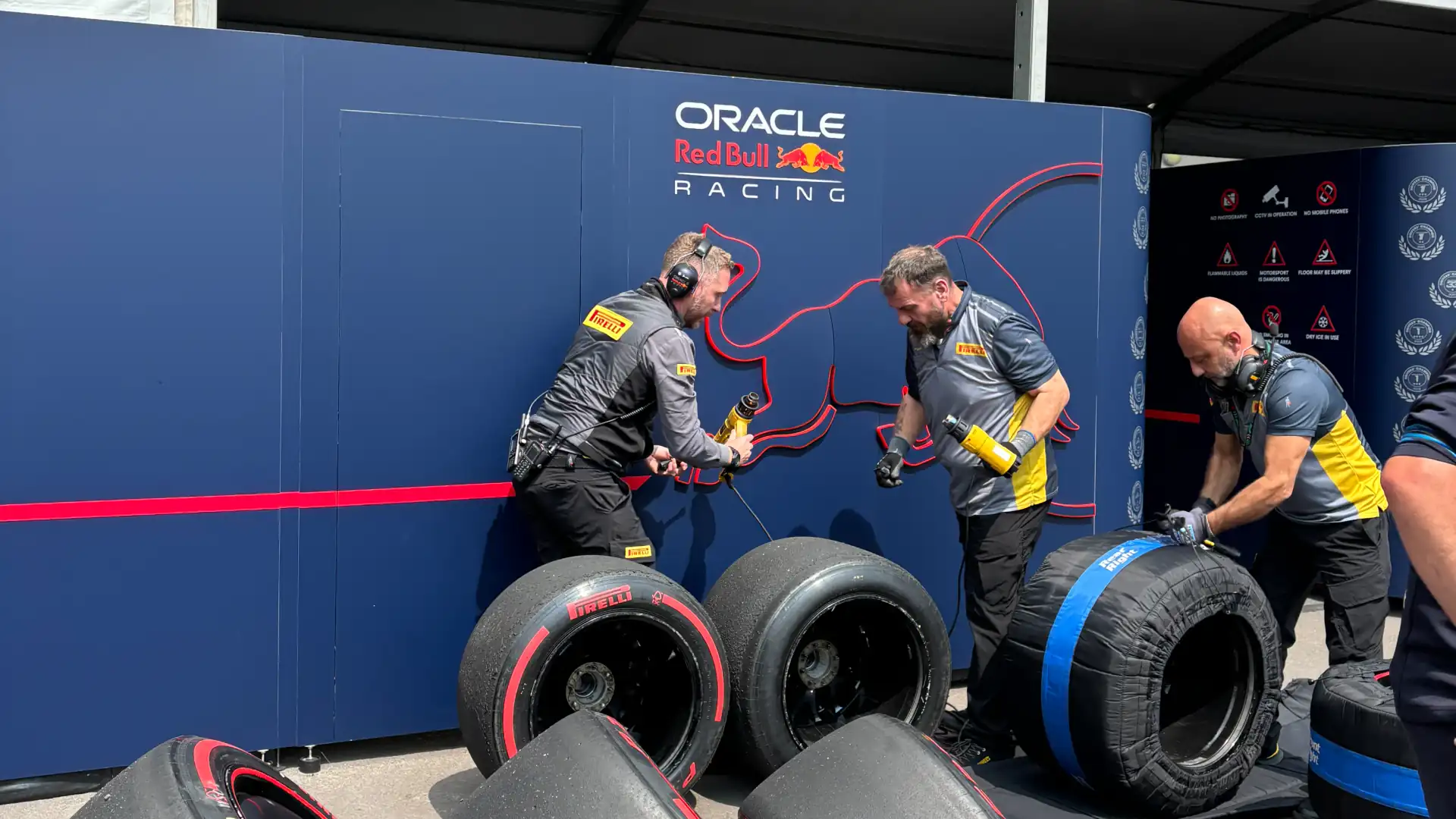
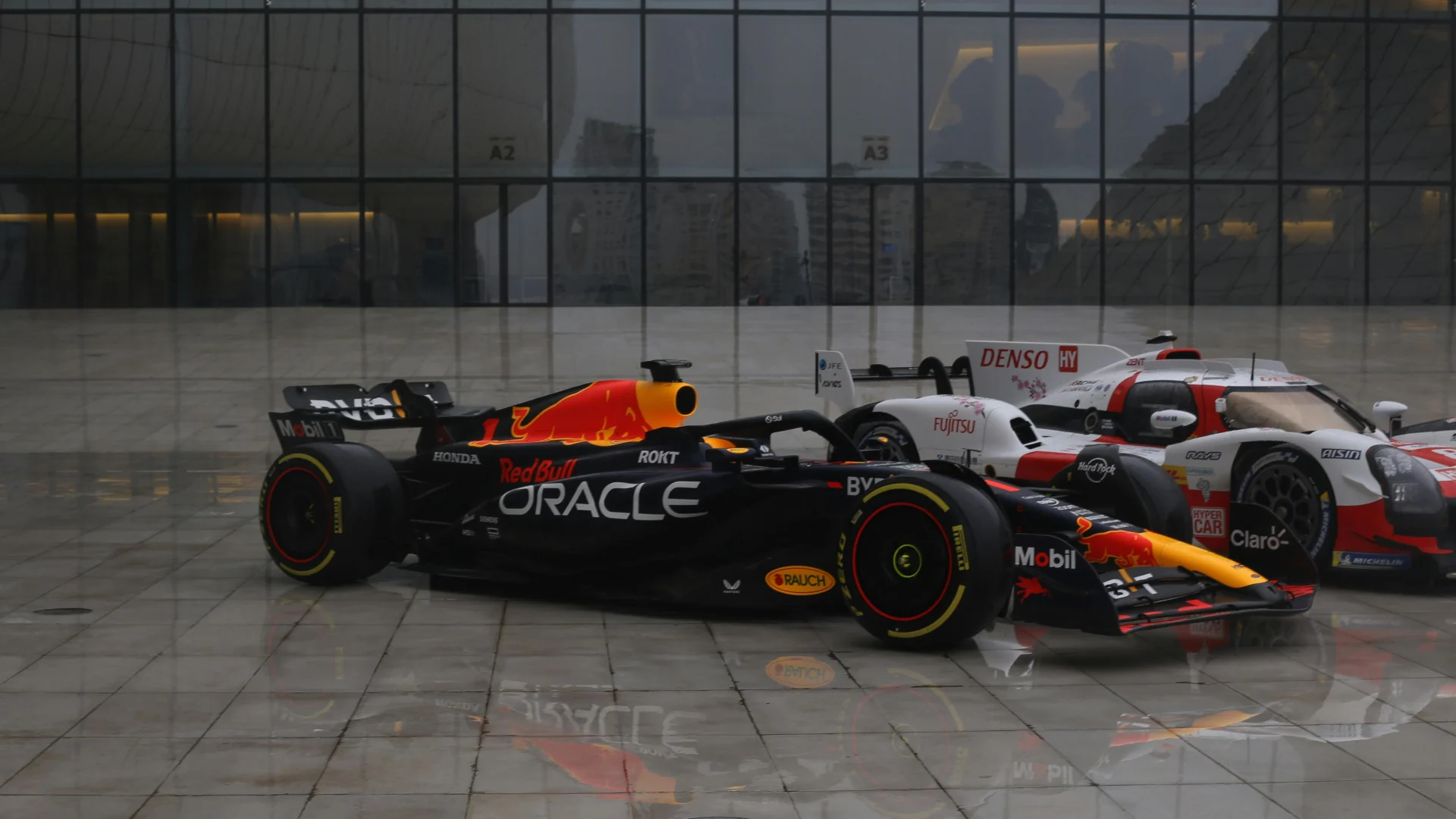

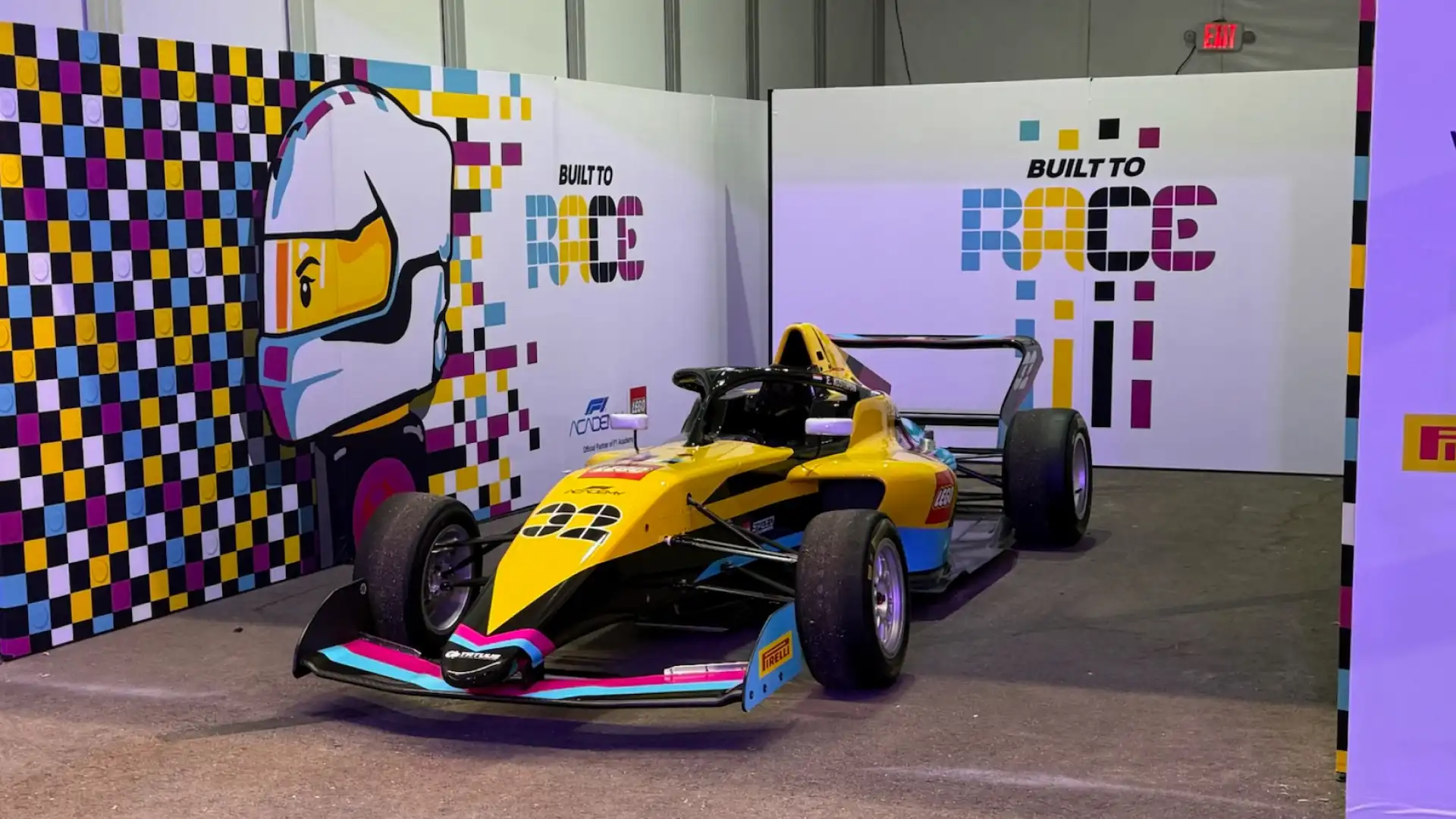
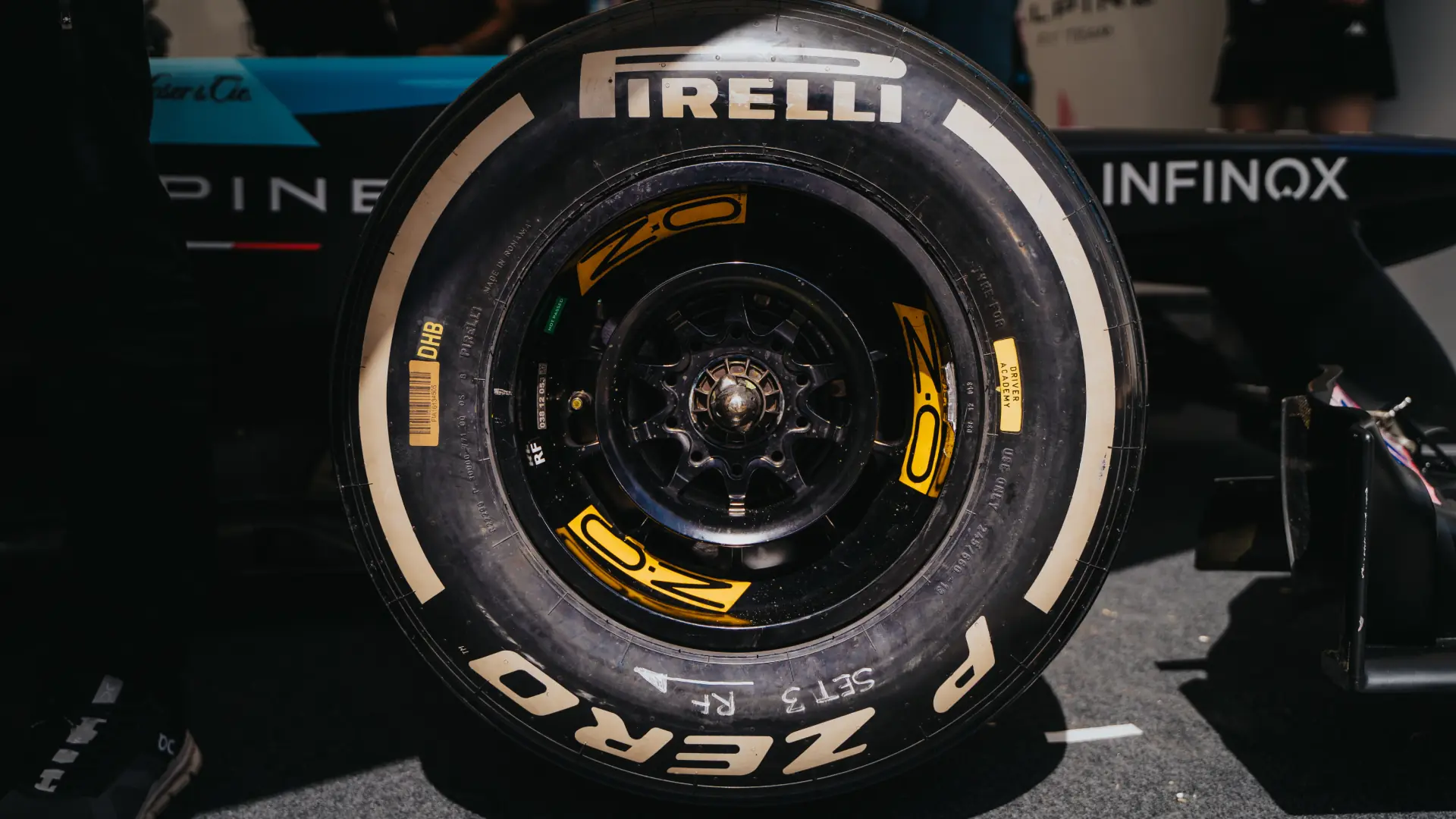
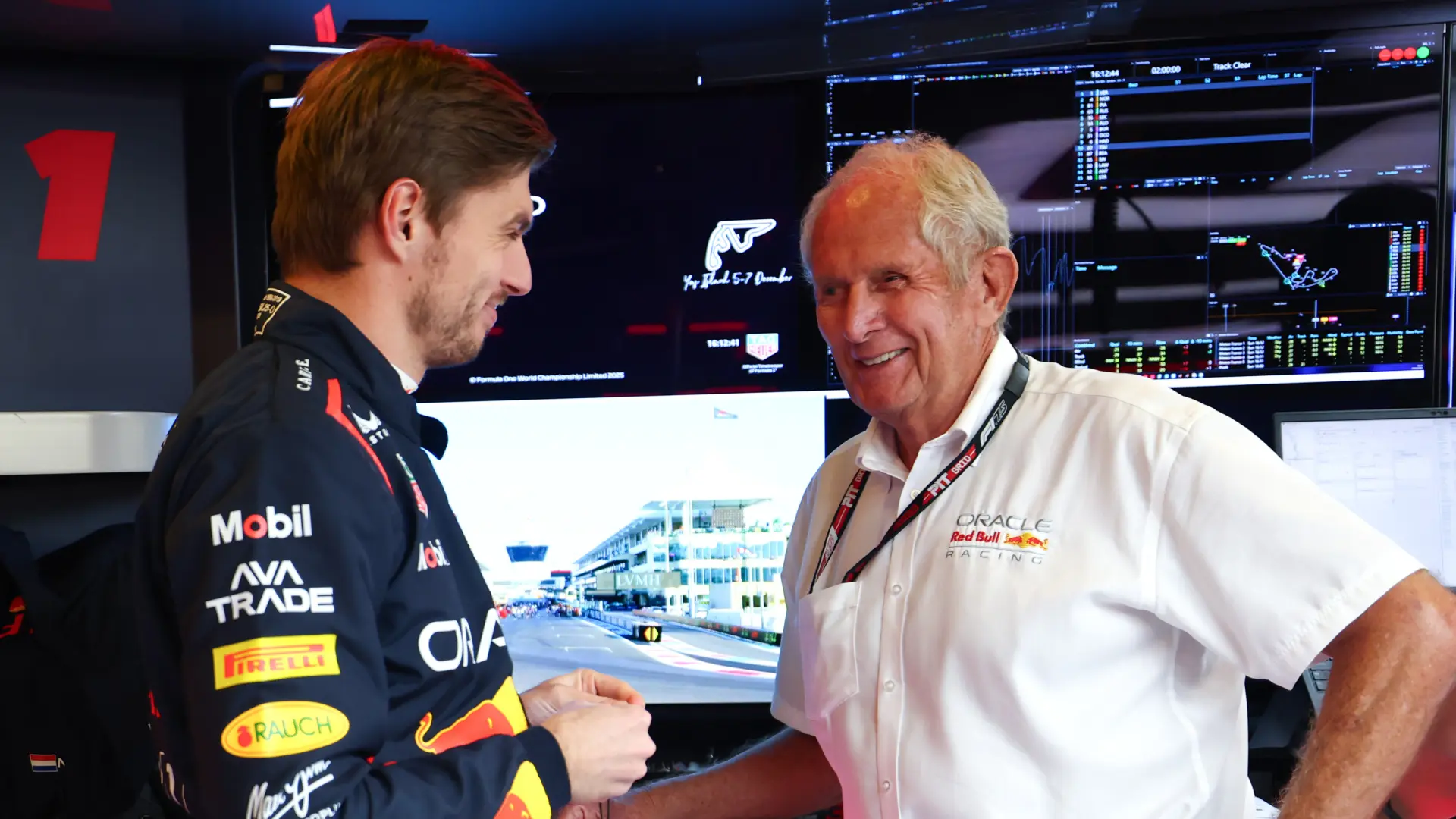

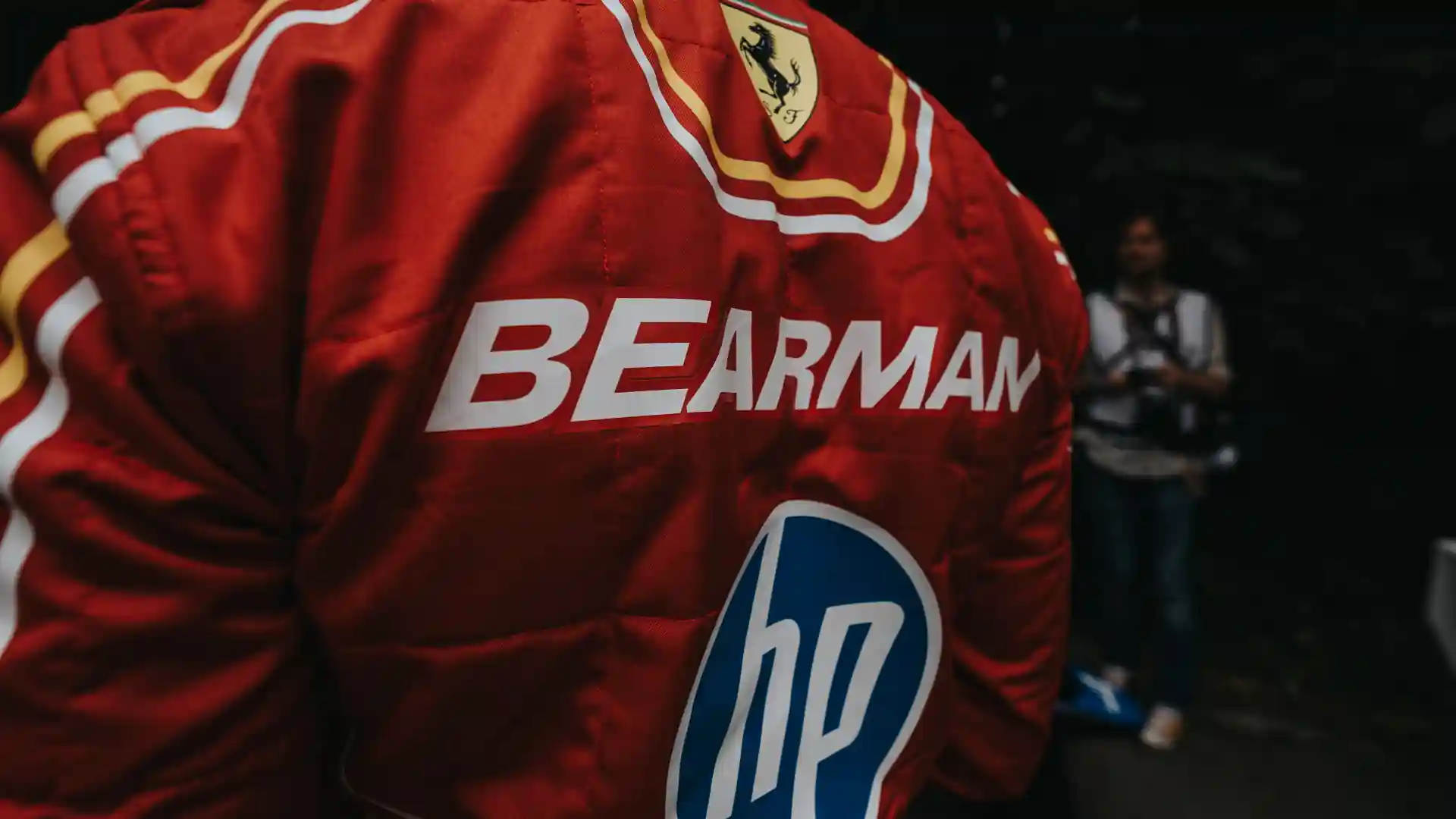

.webp)
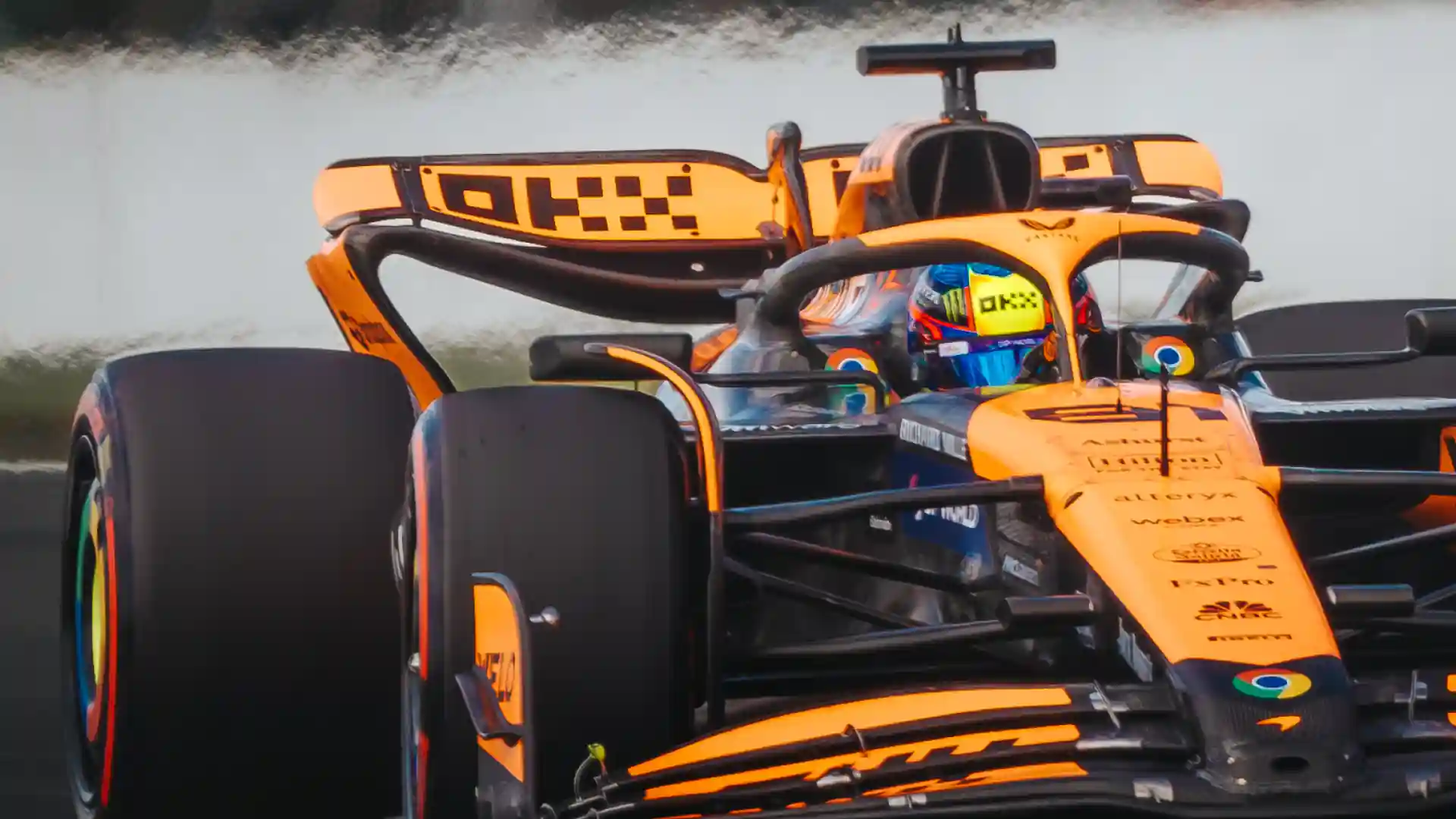

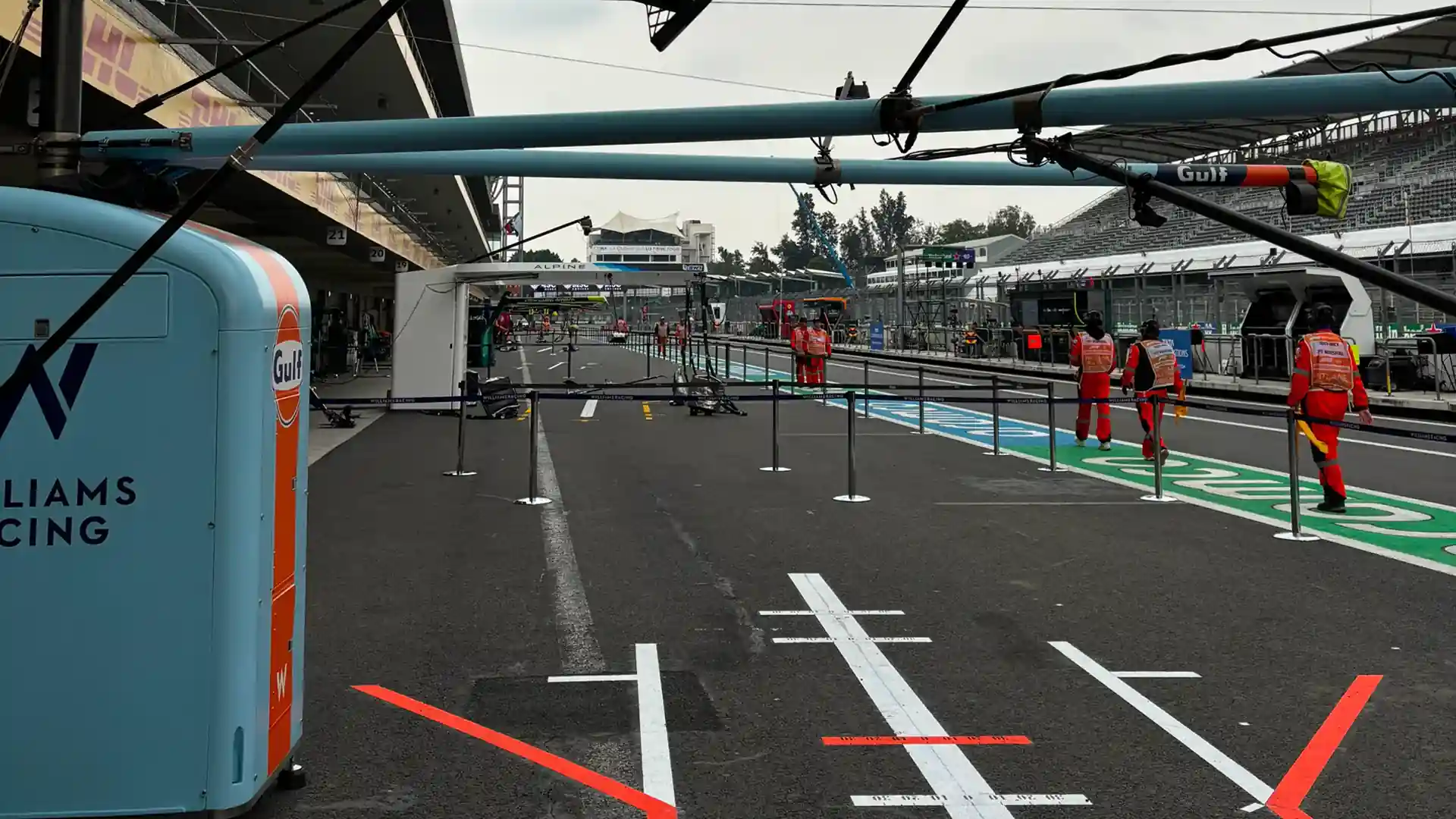

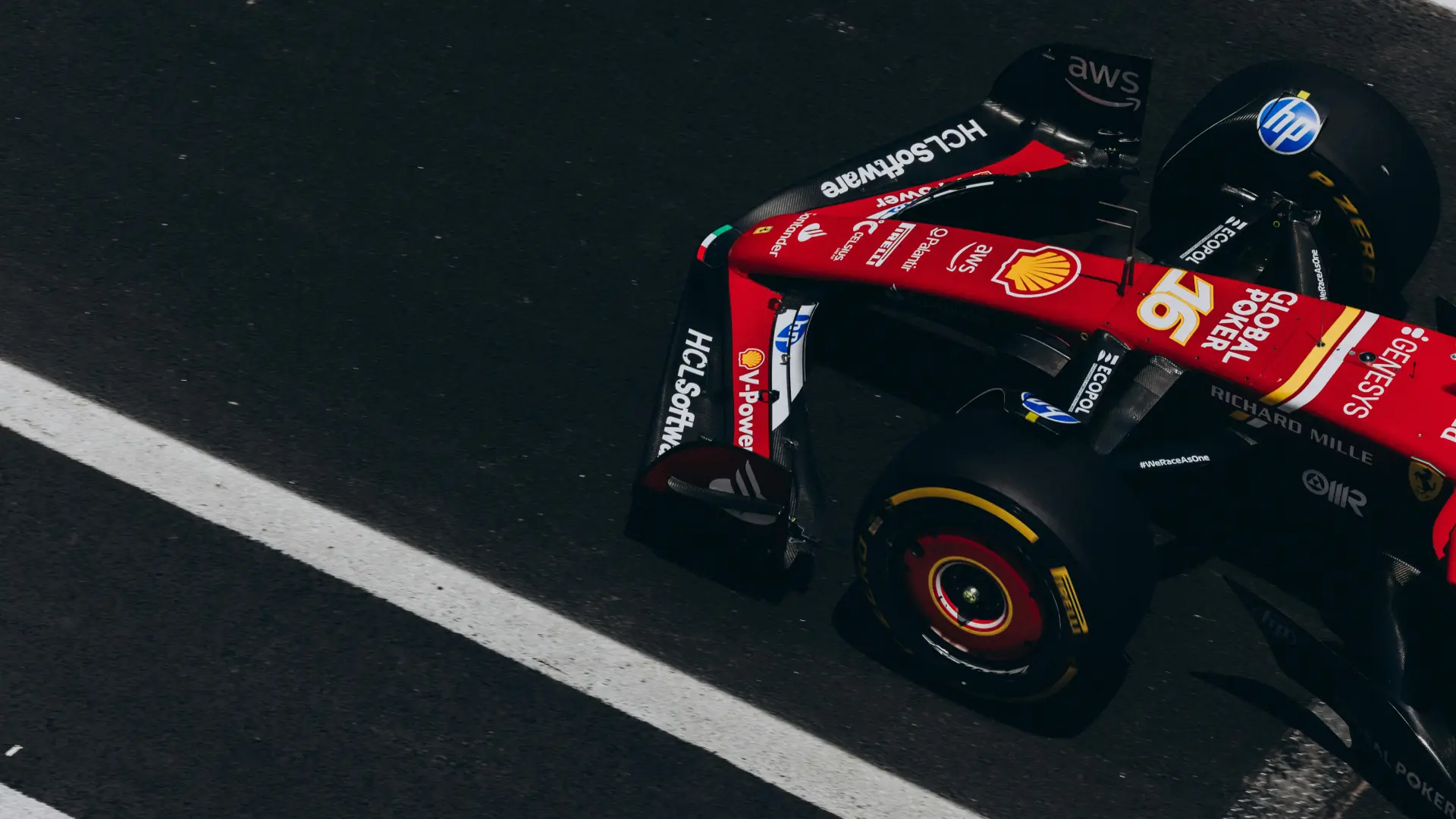




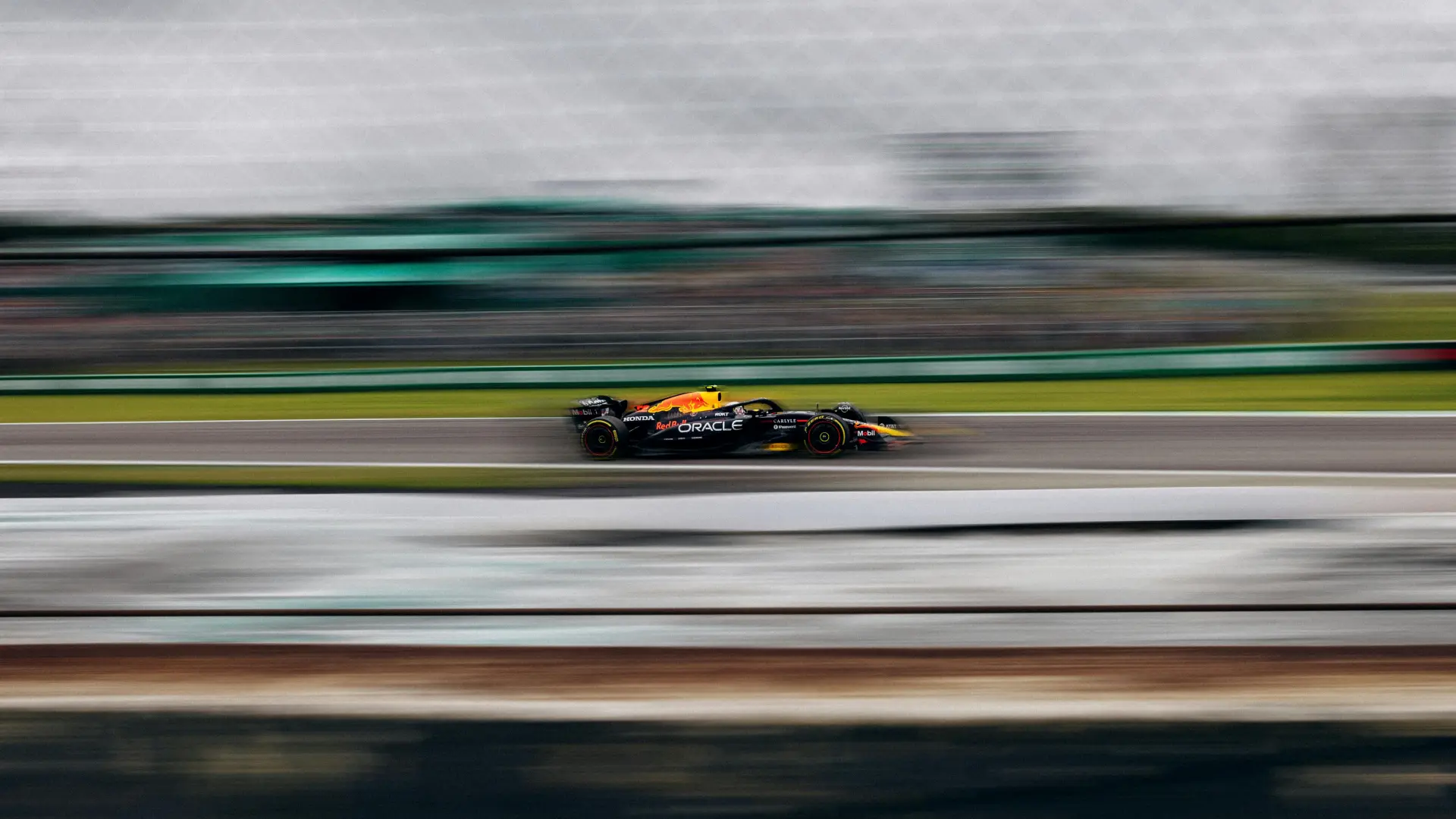



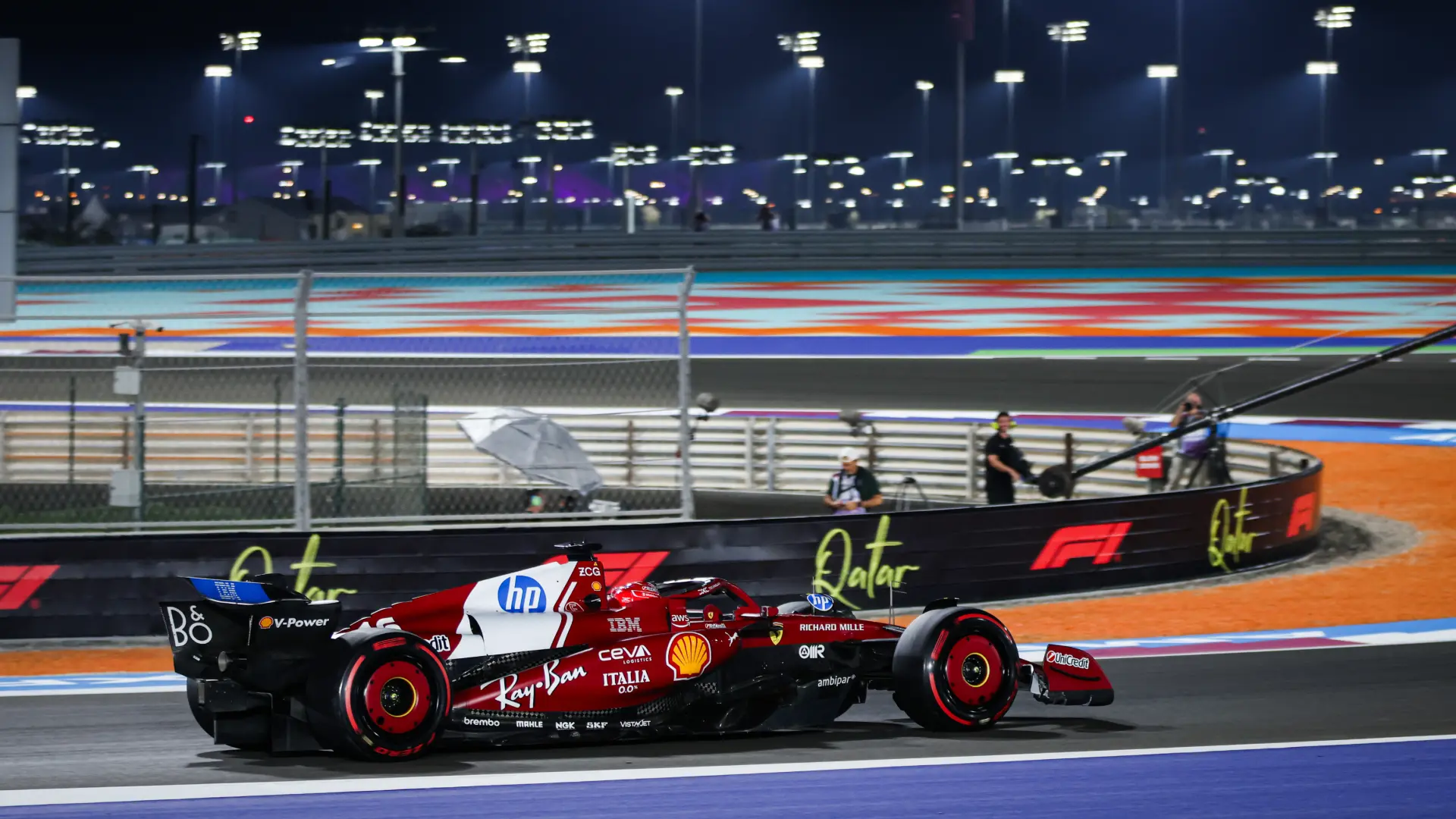

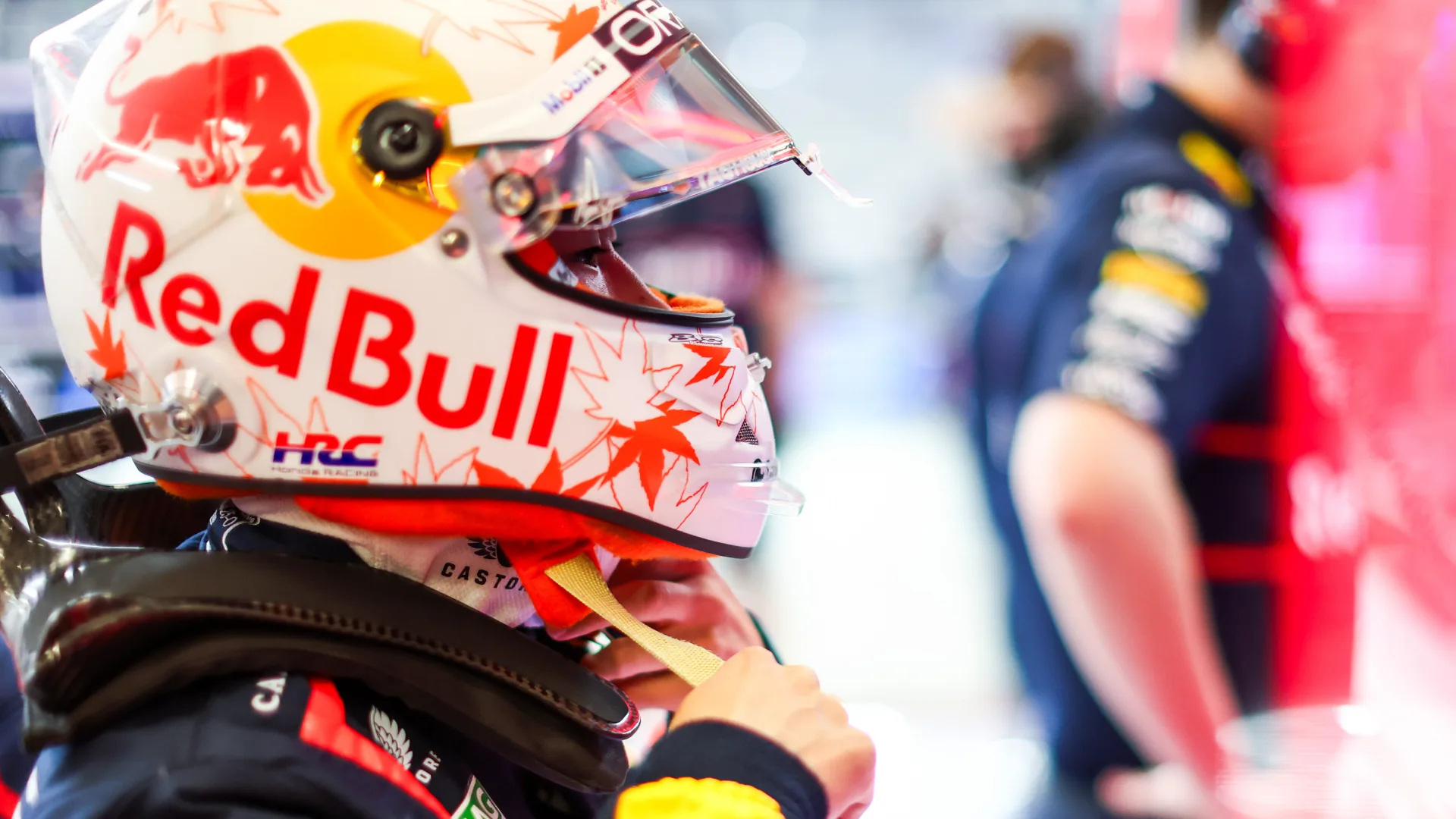



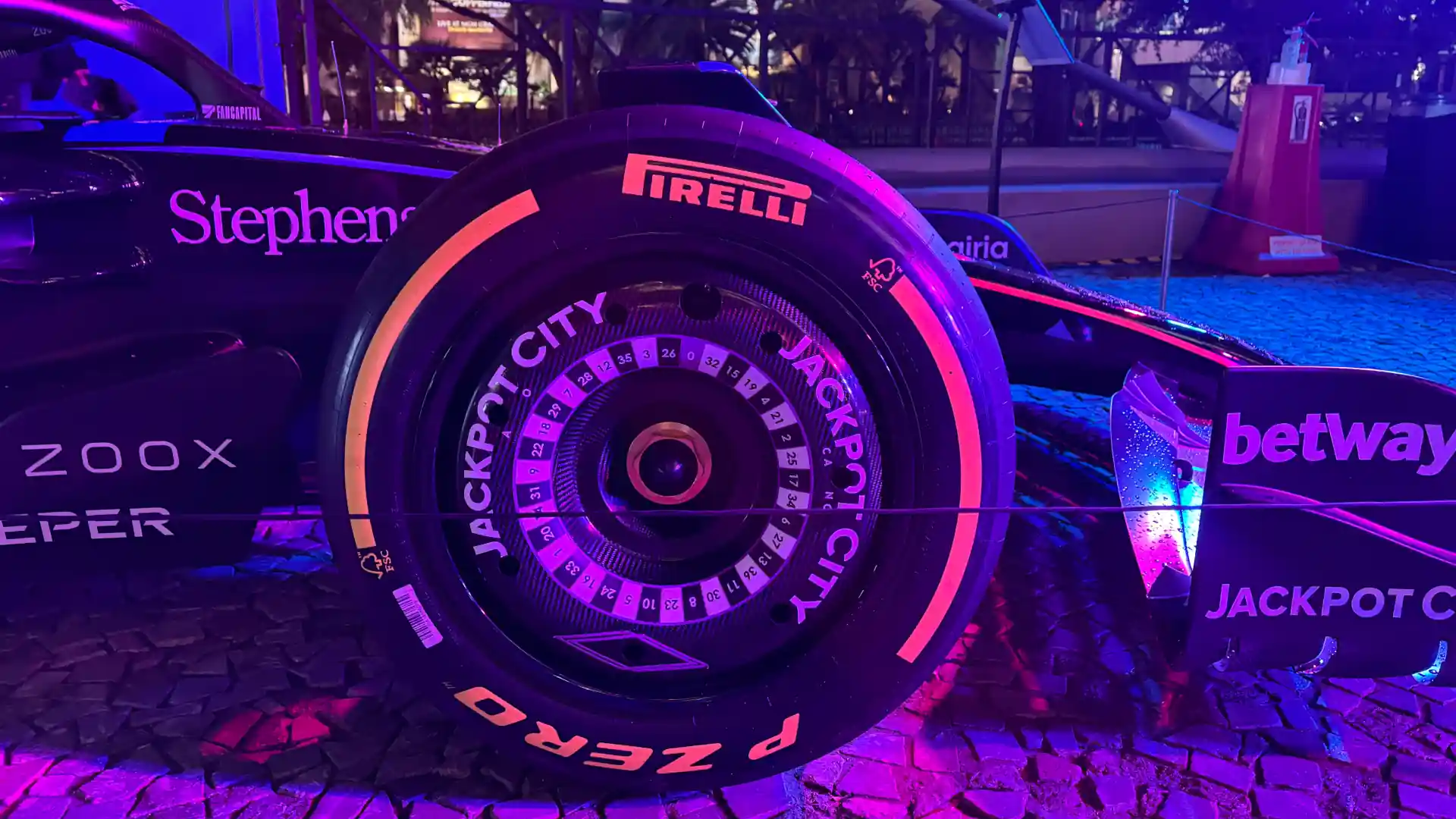


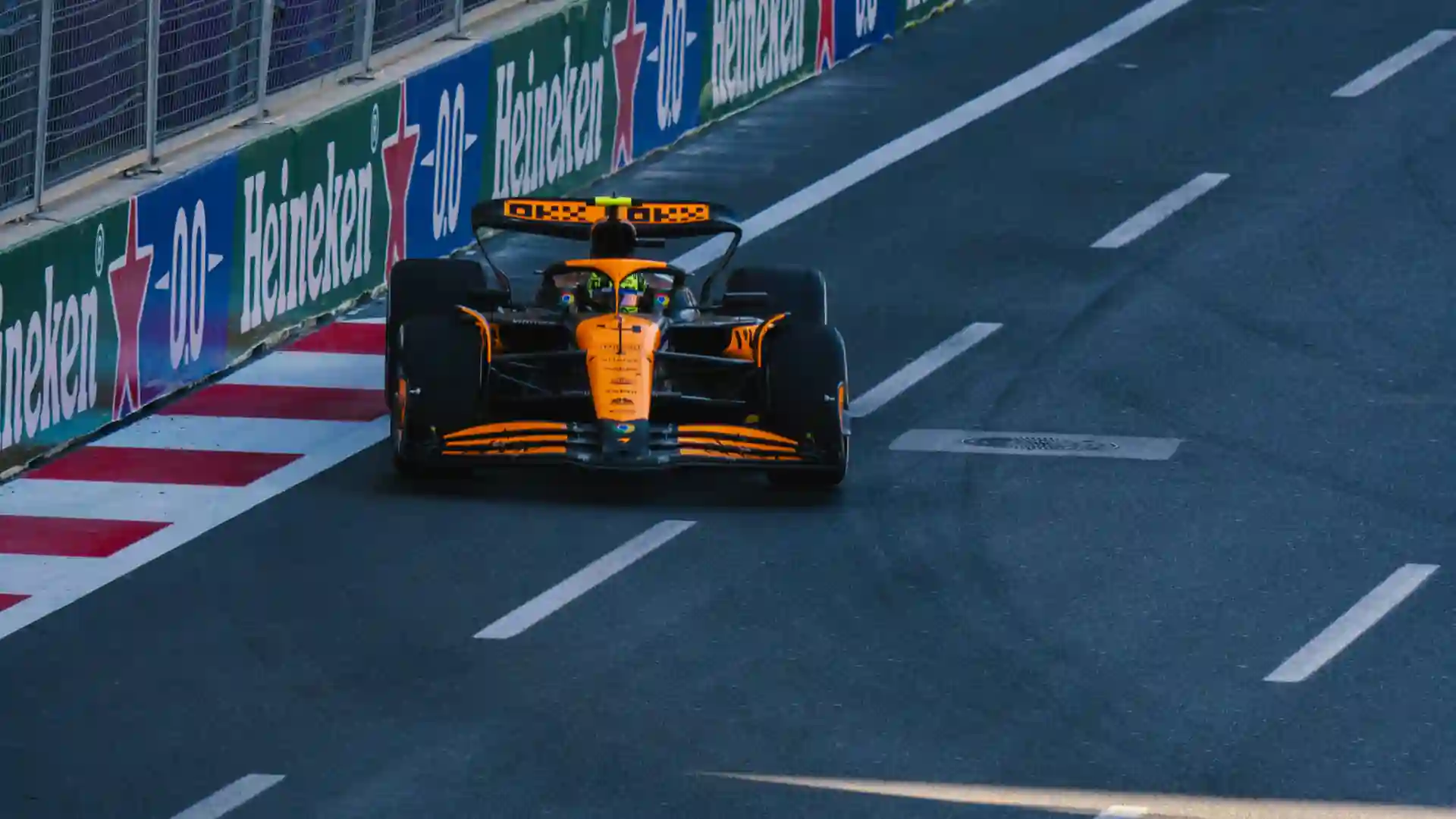


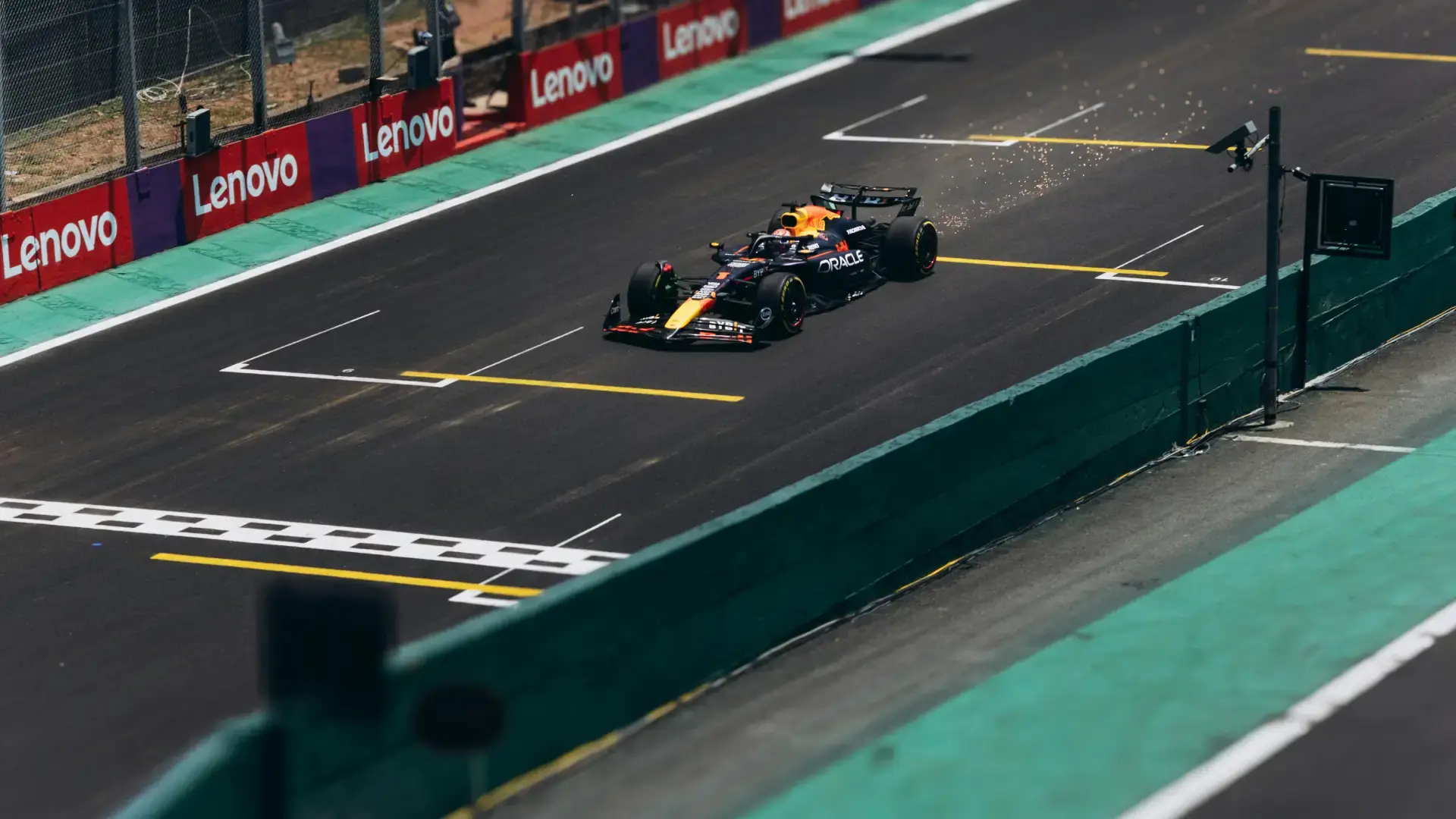

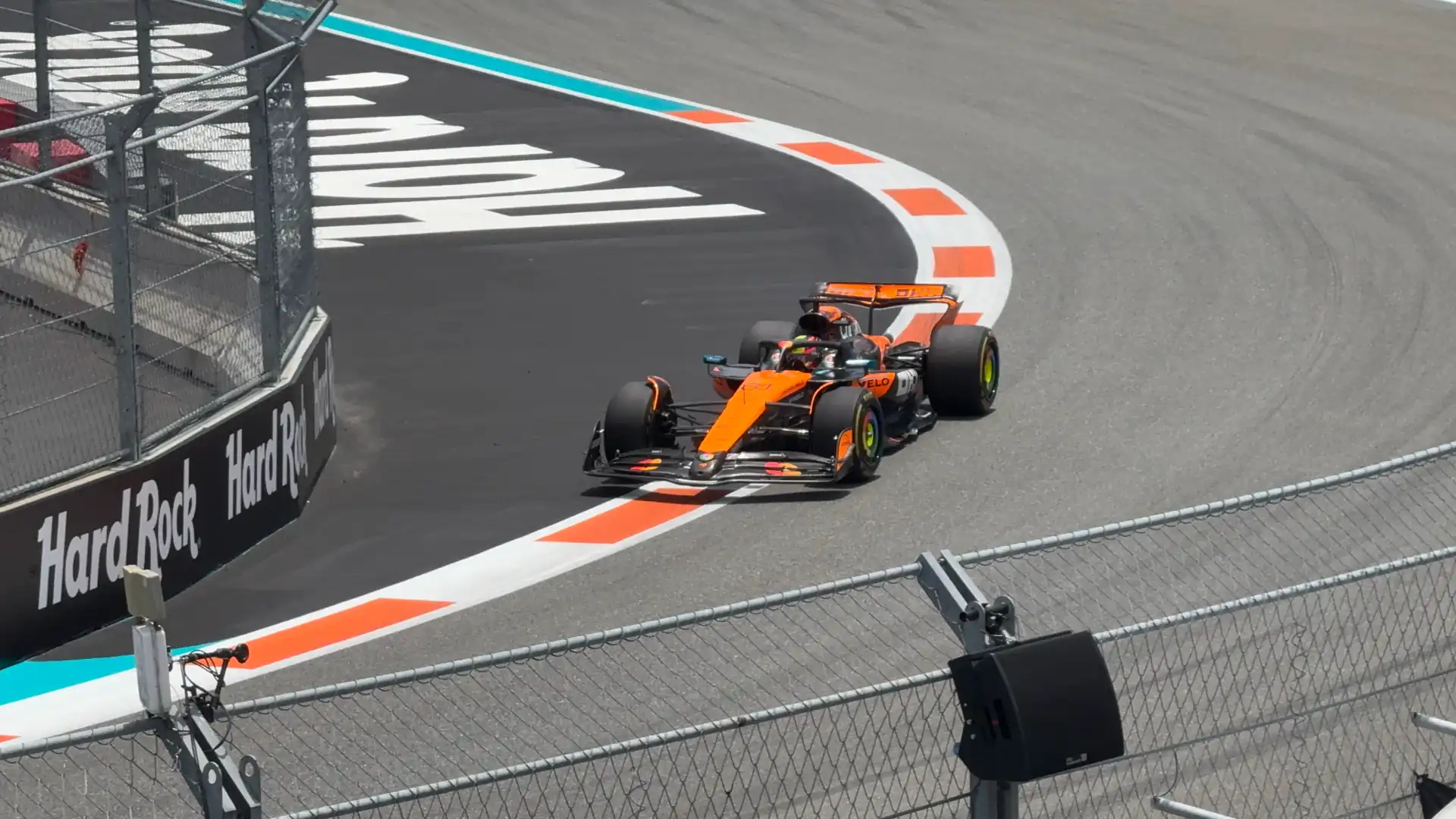



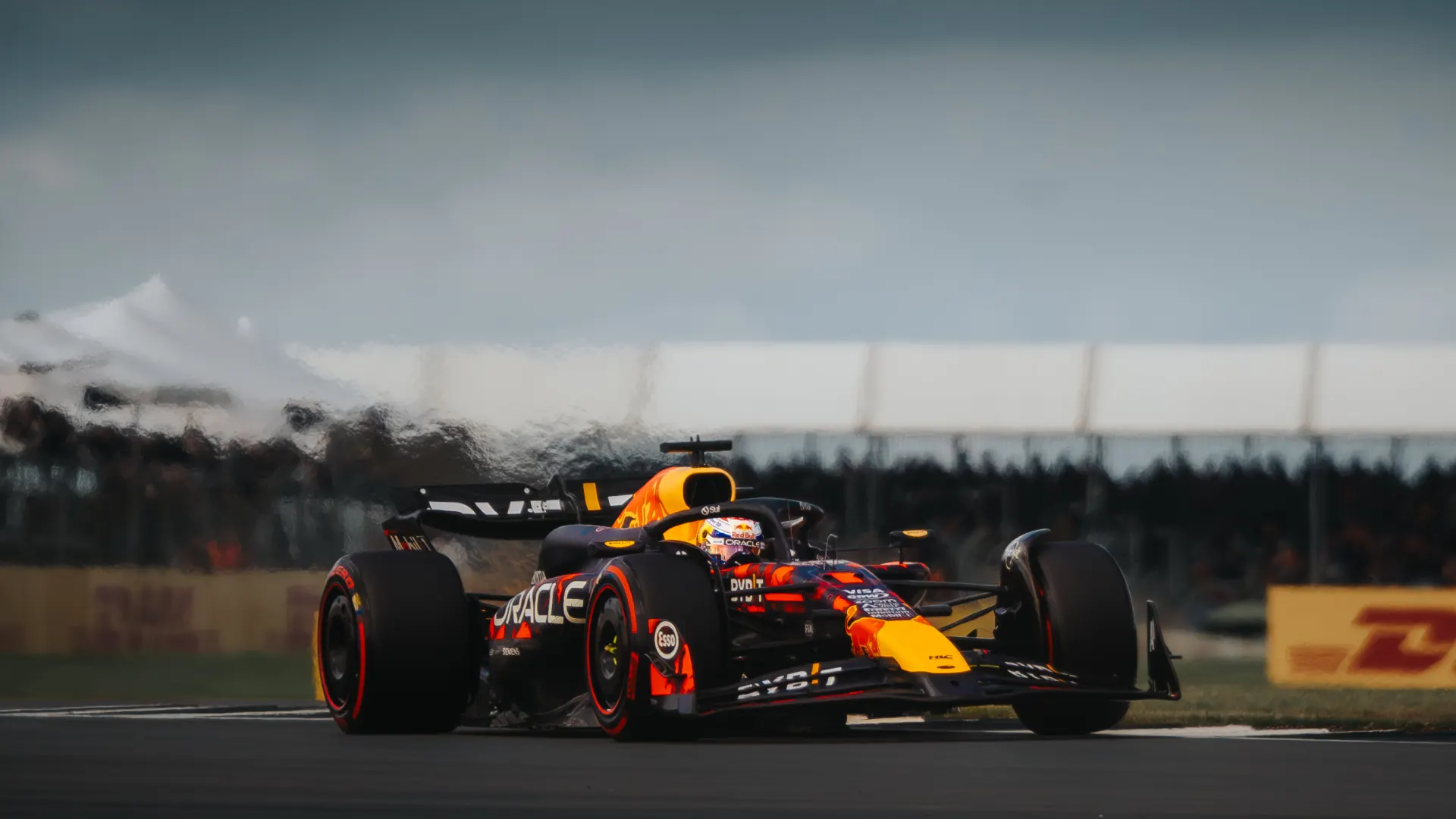
.webp)

